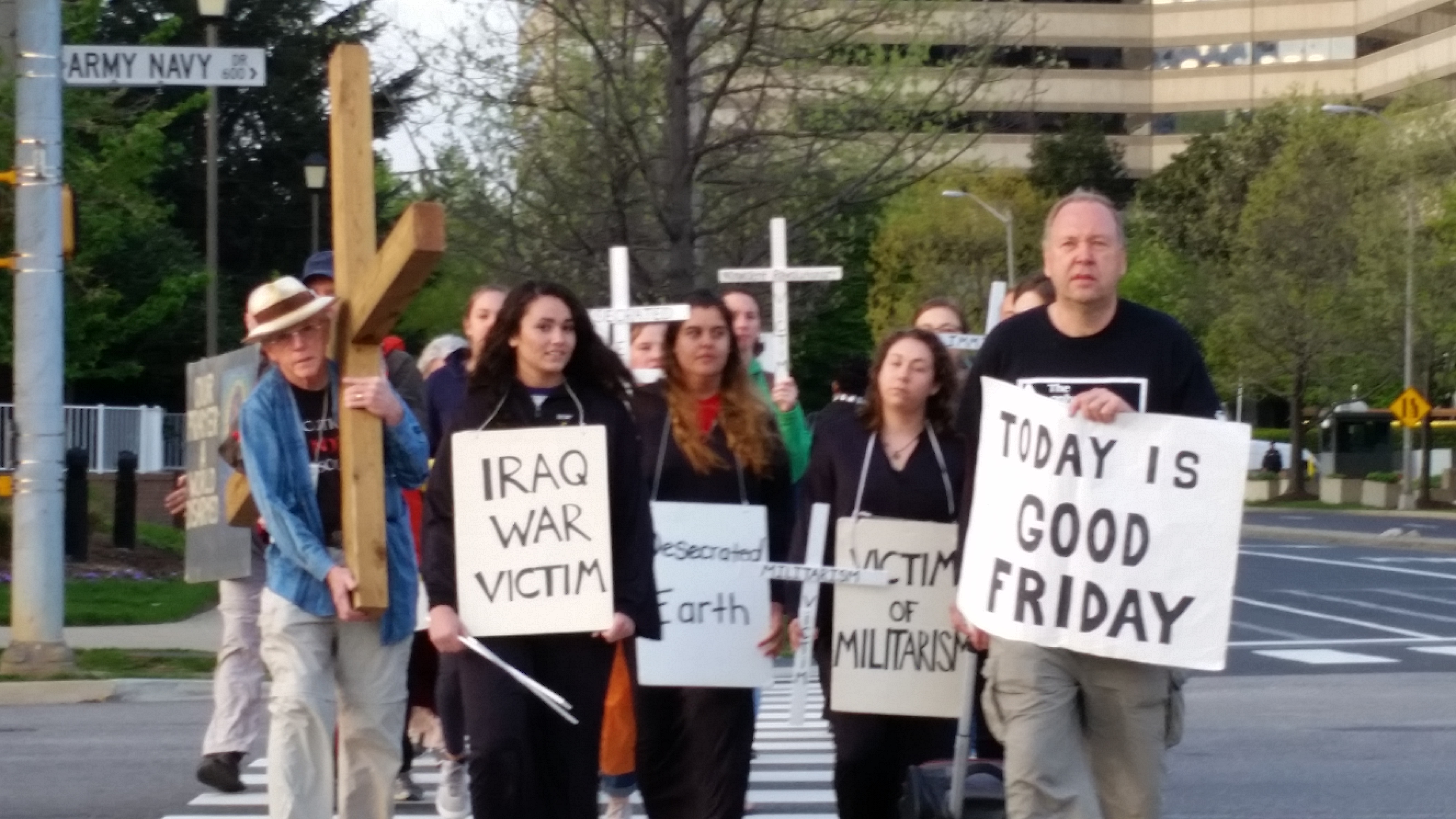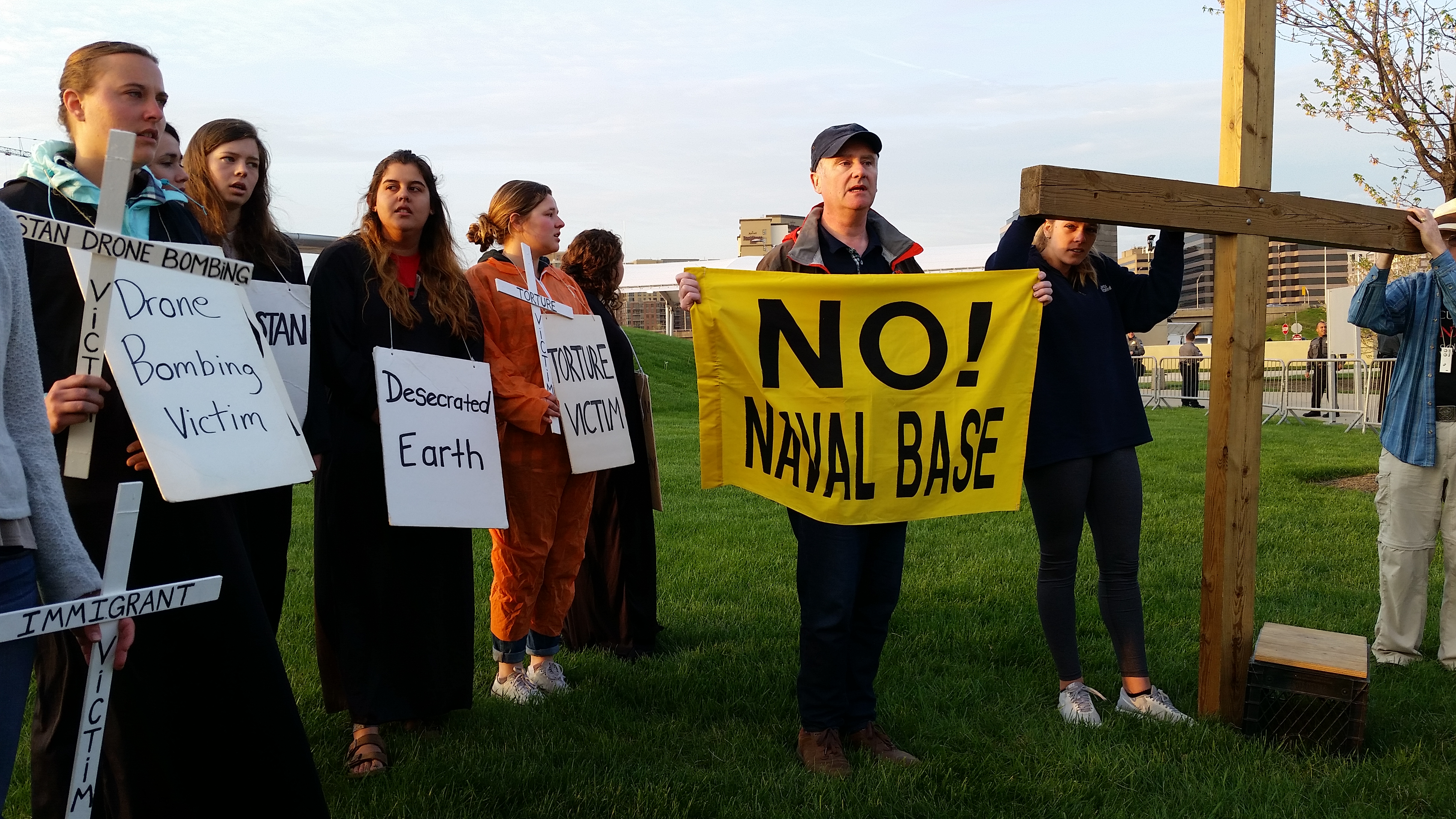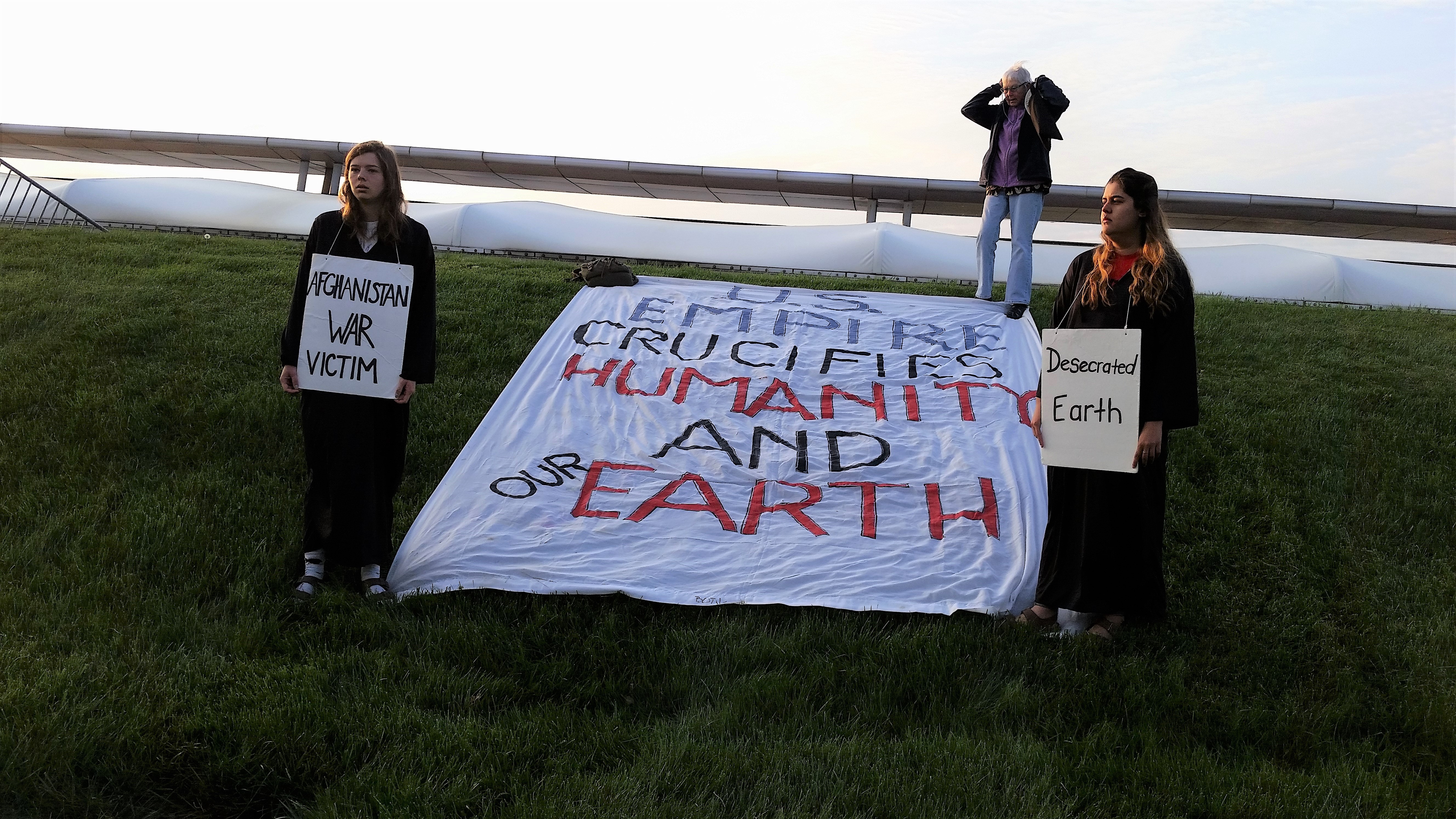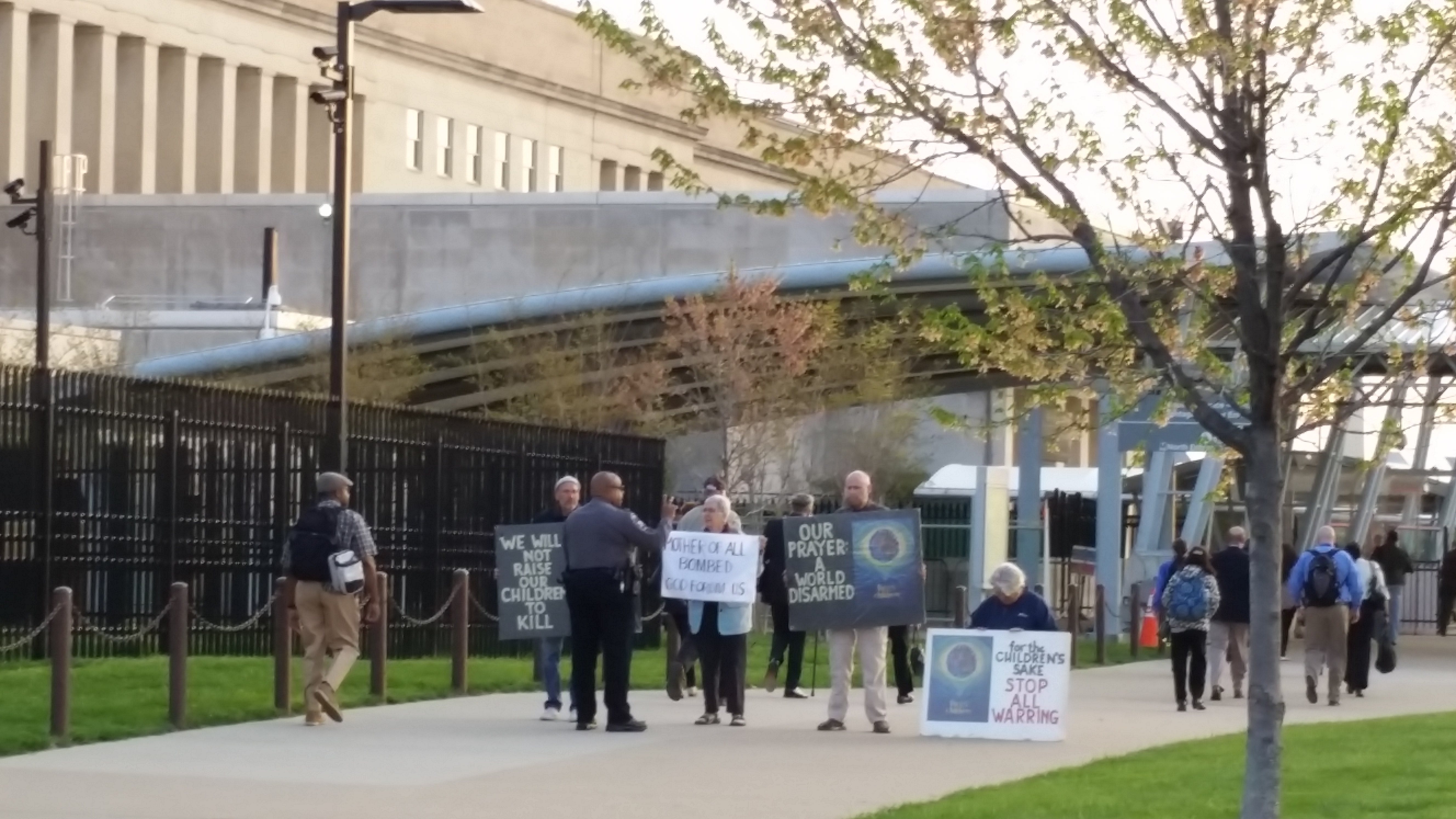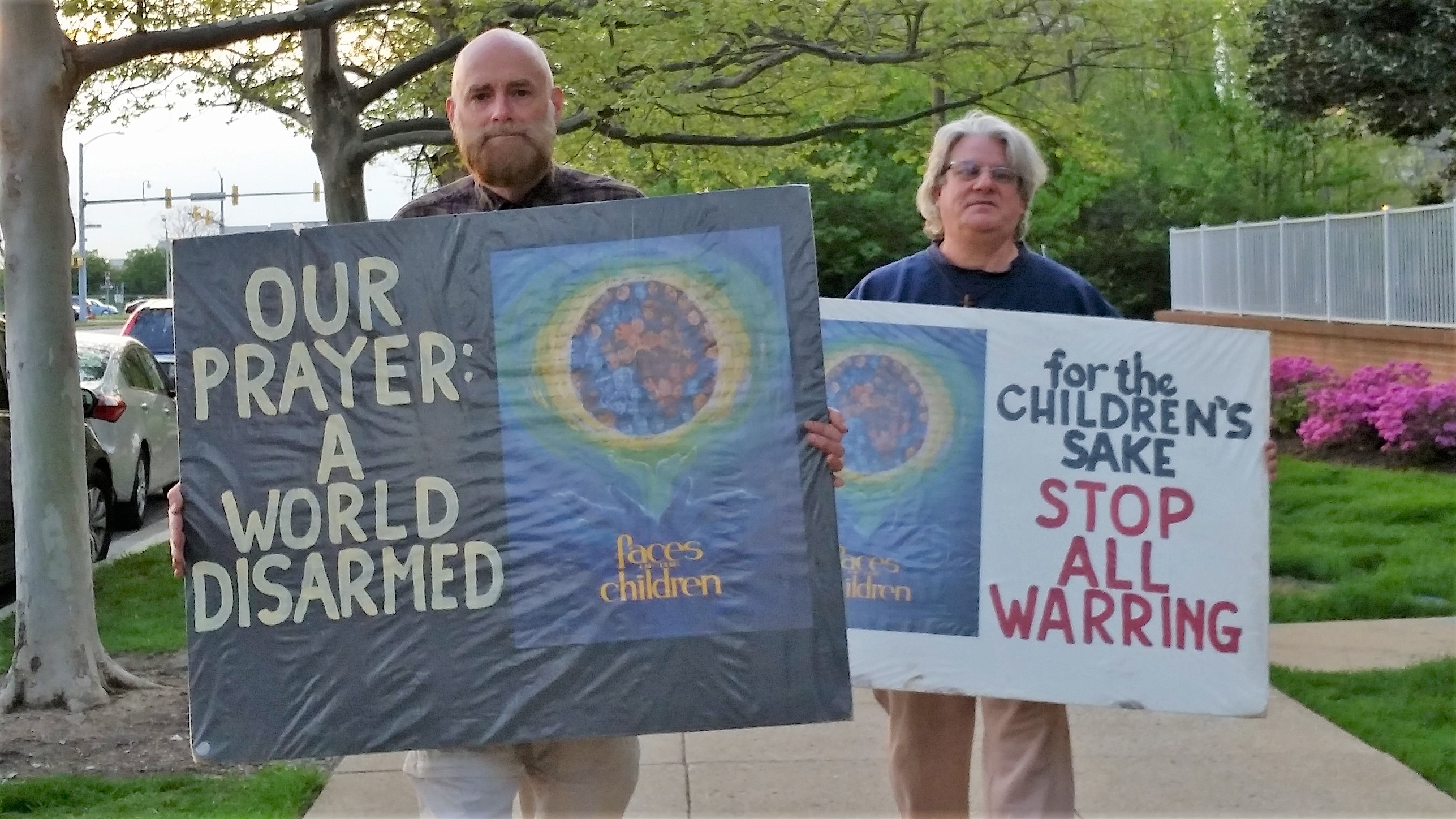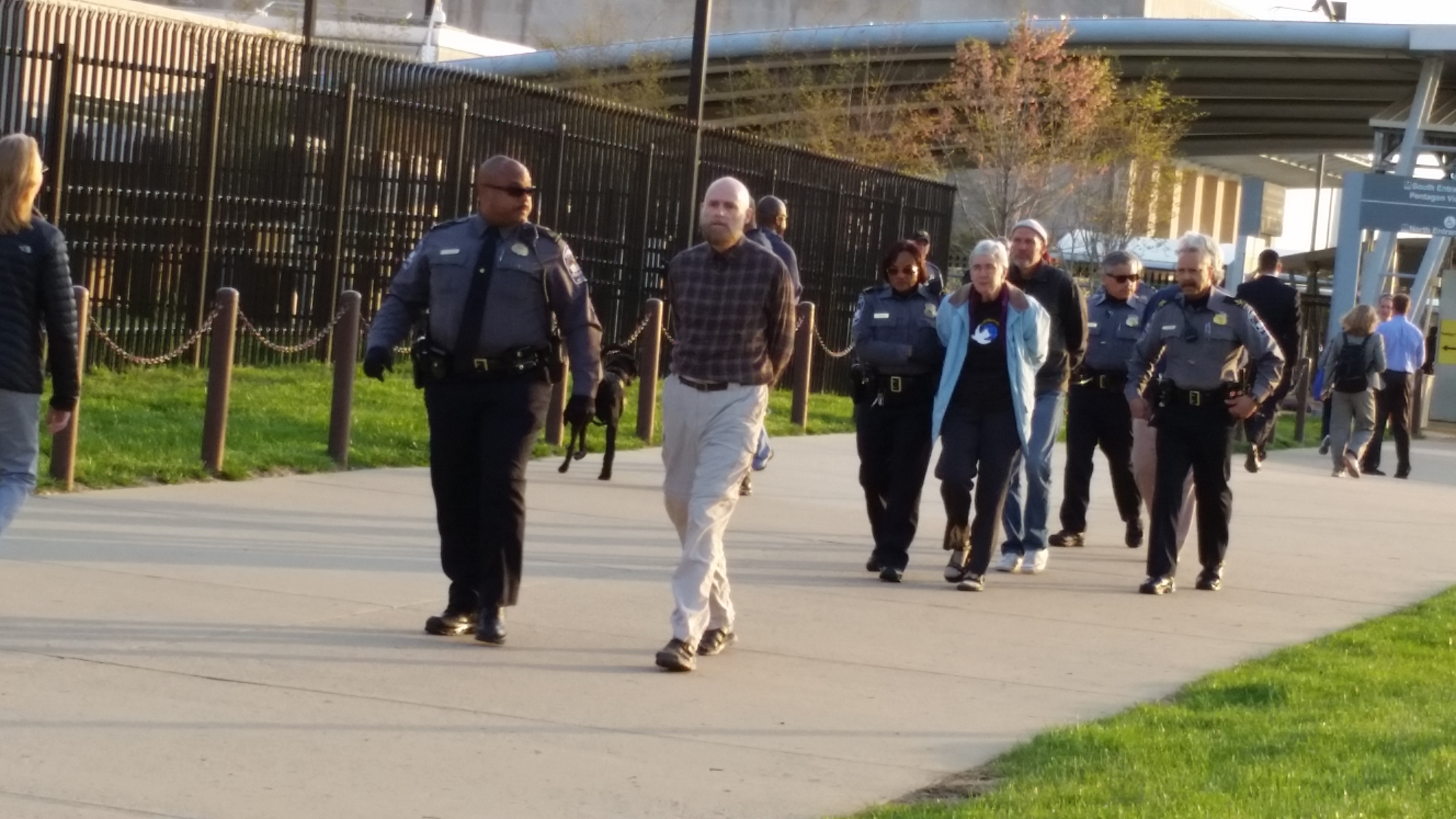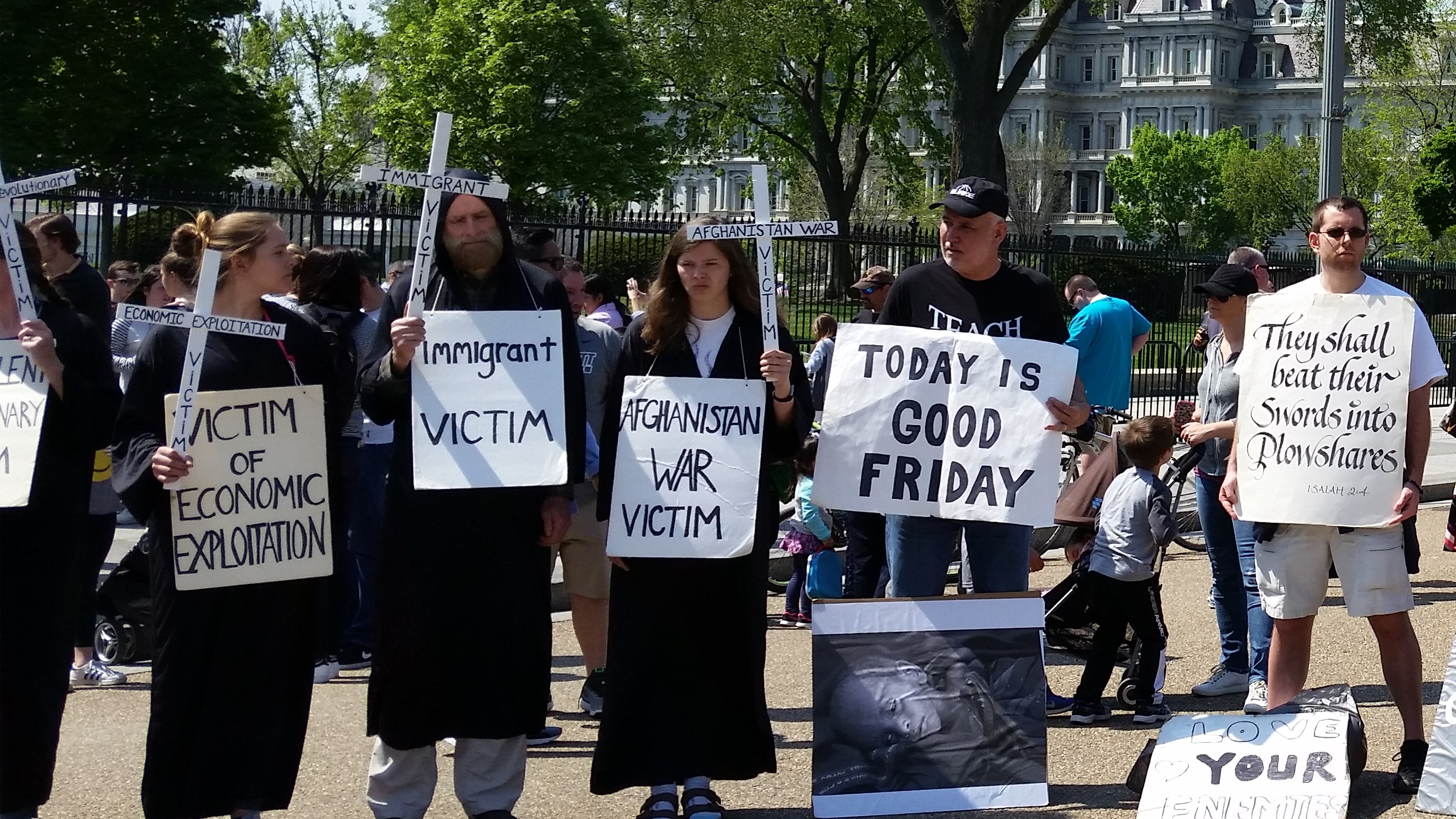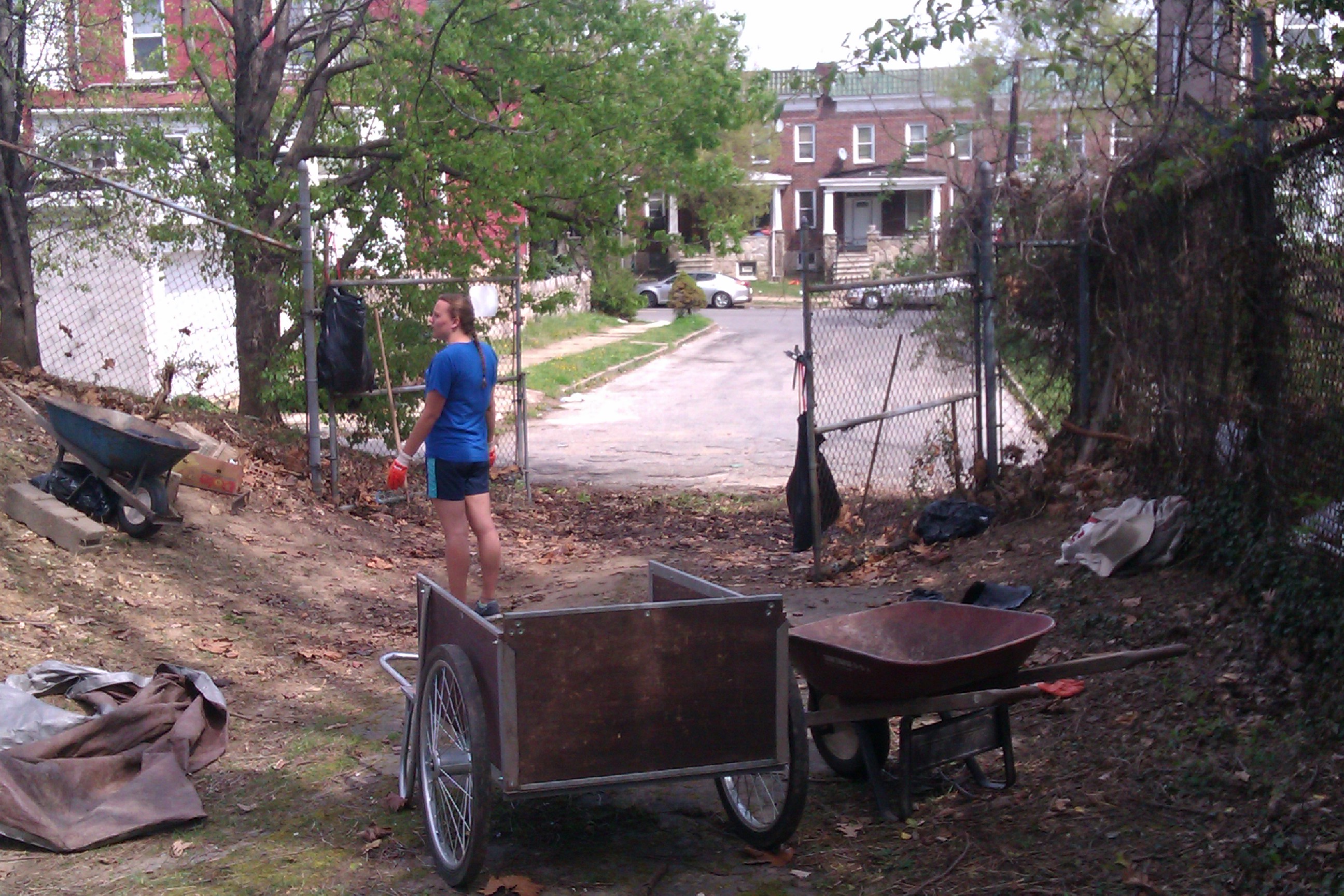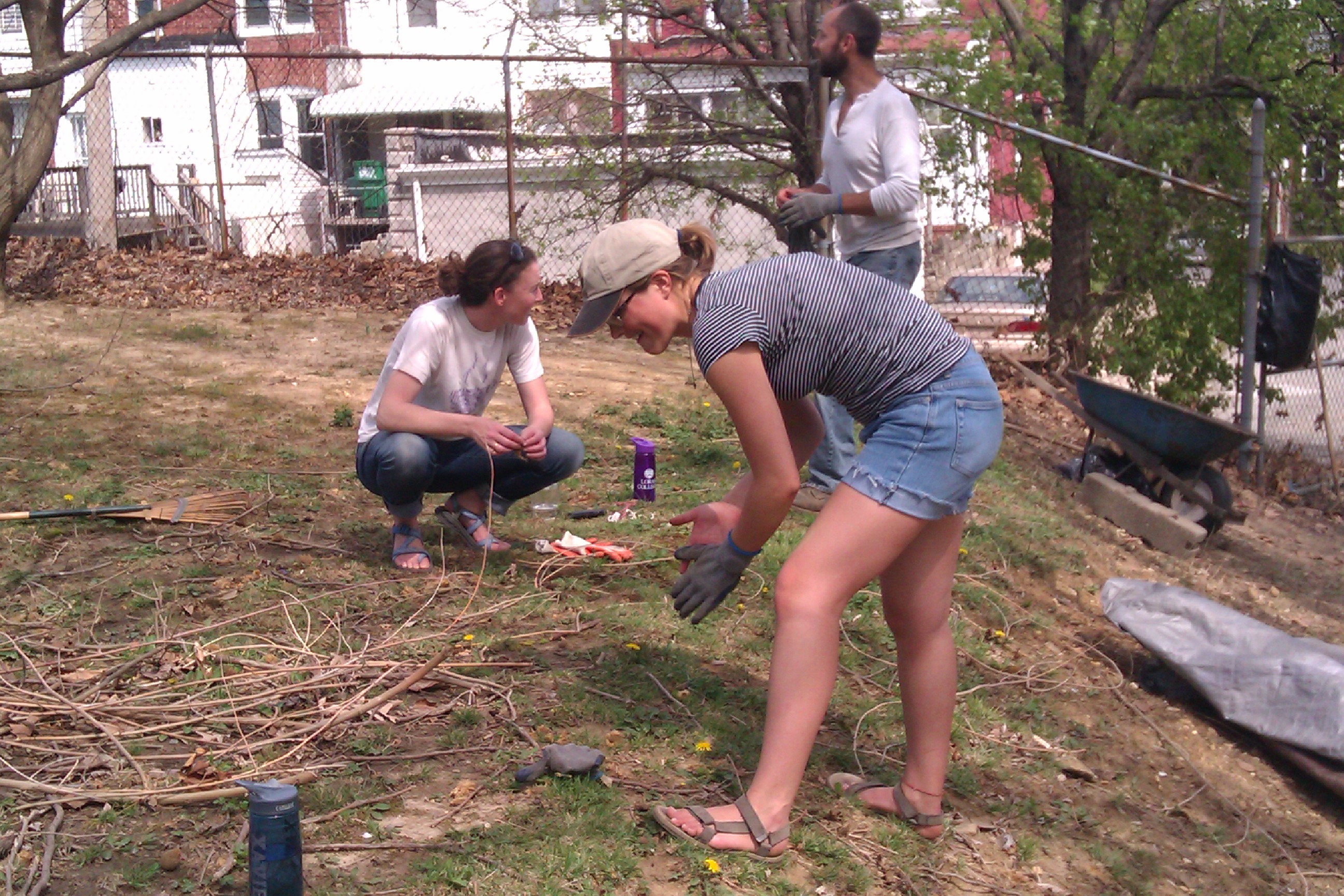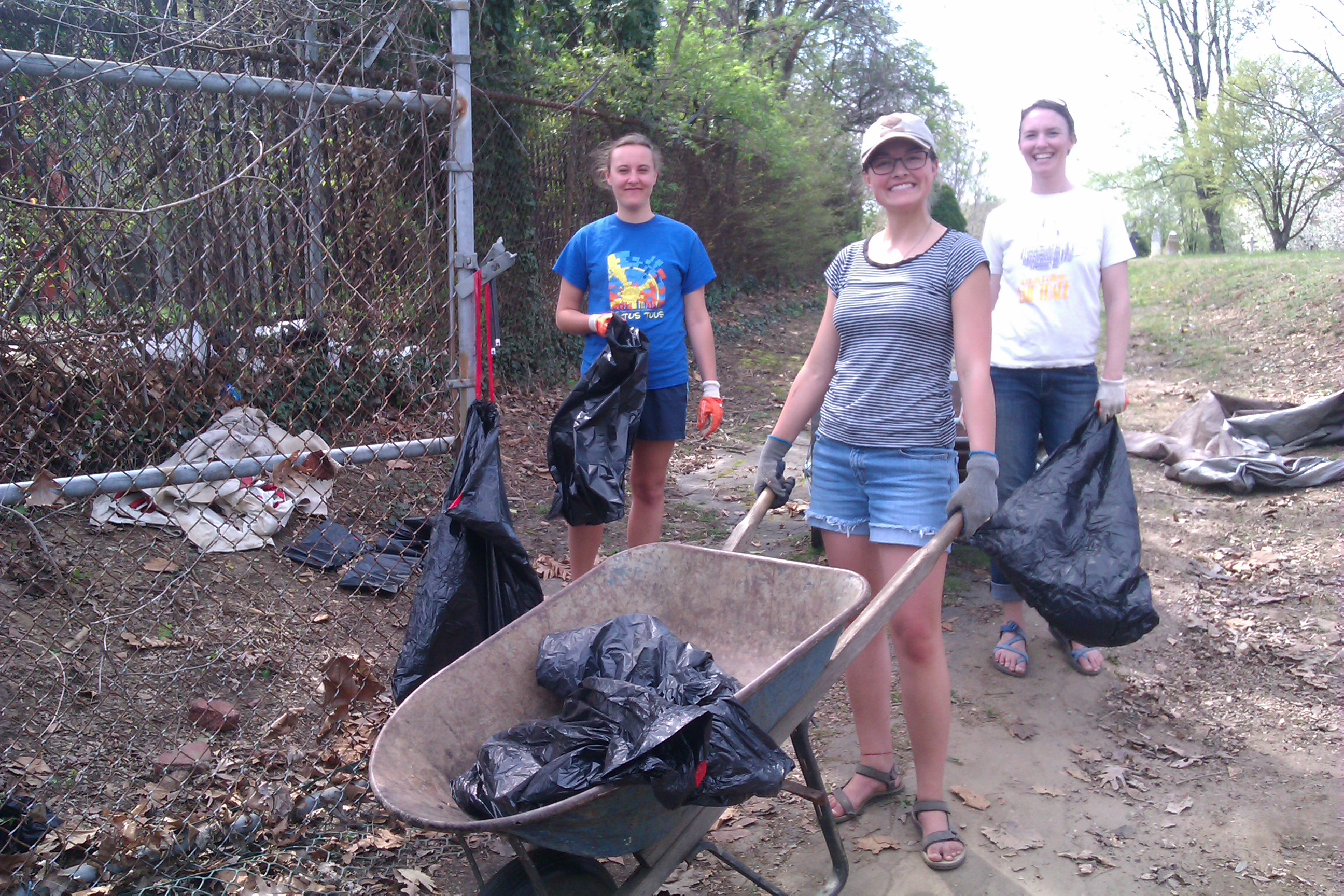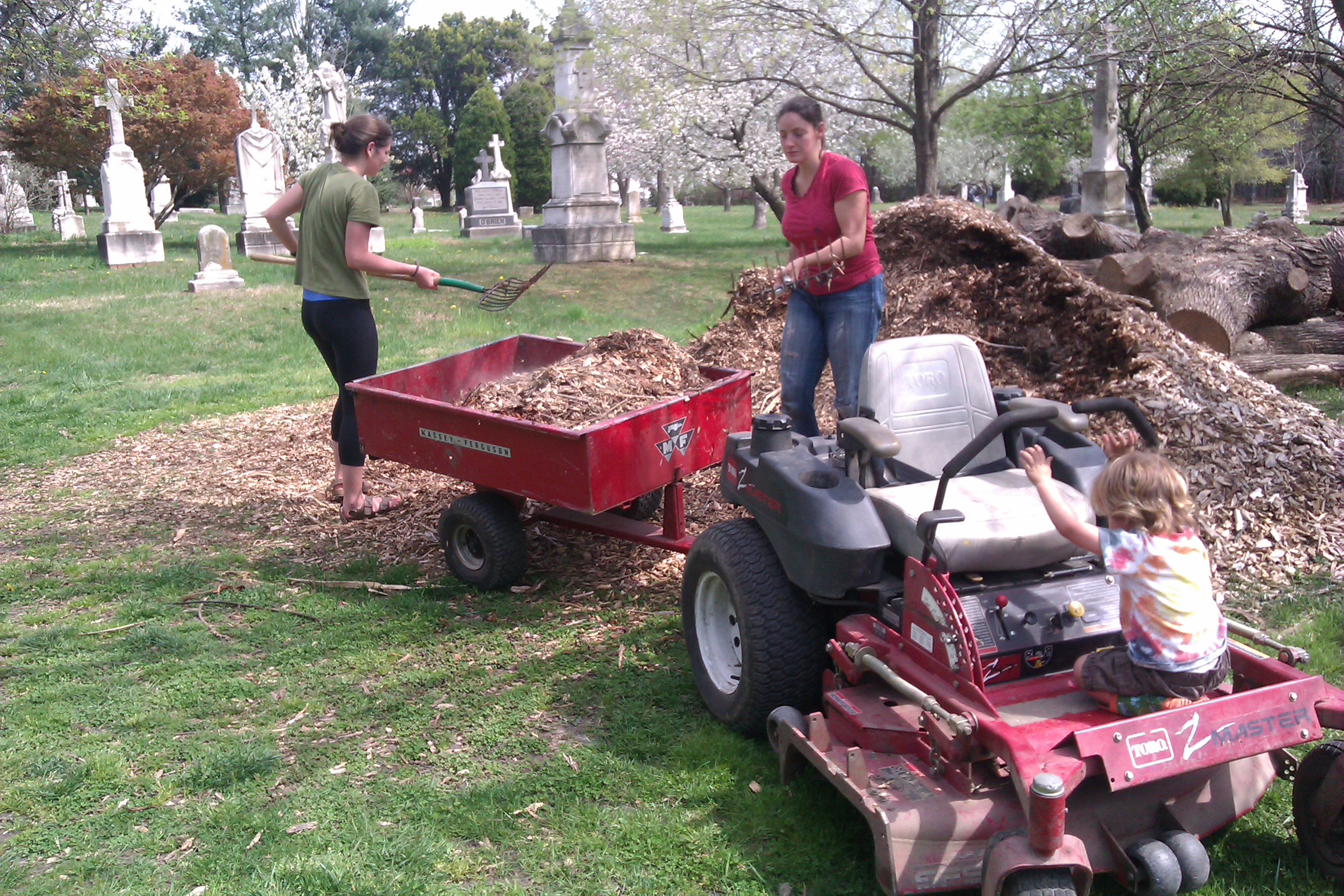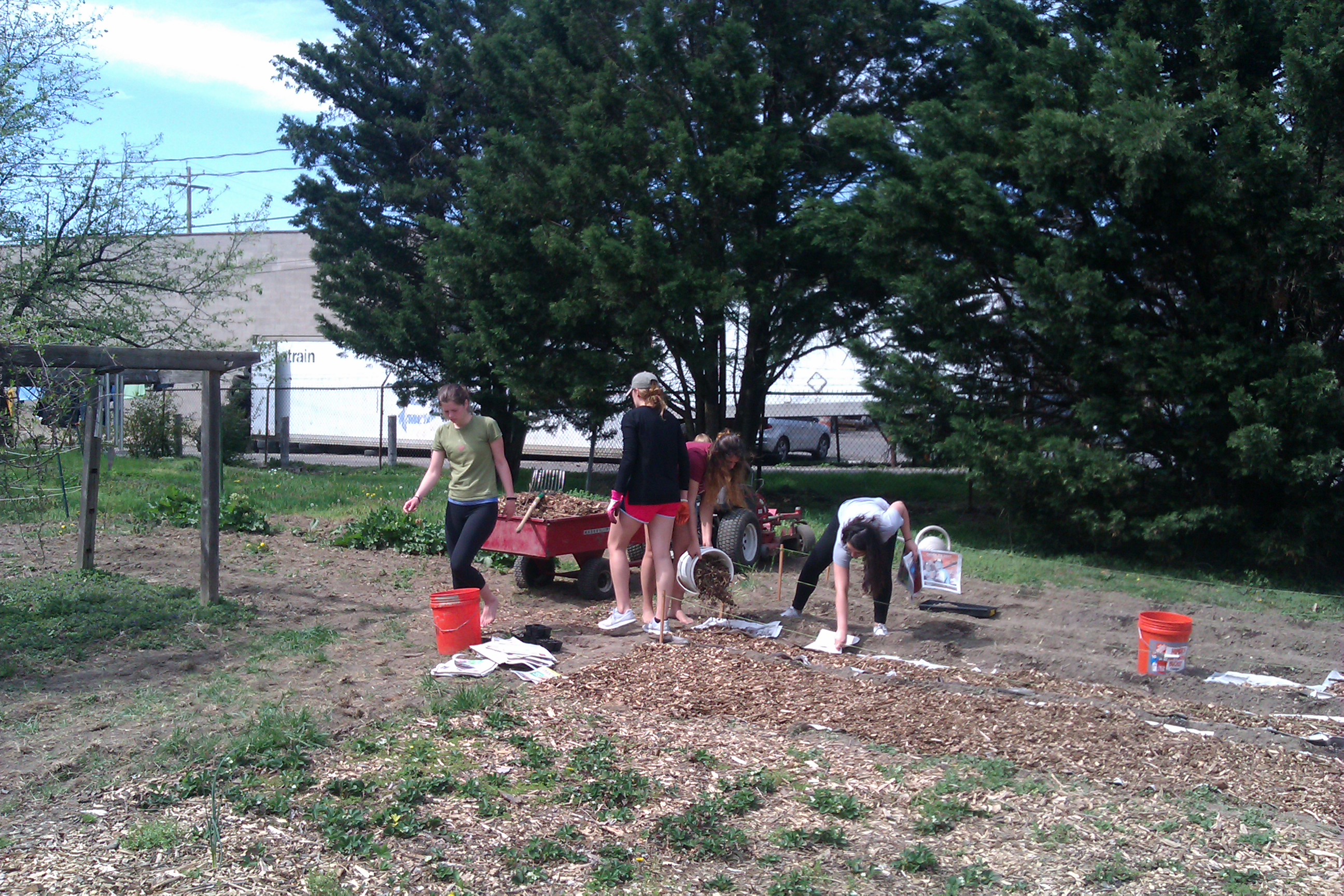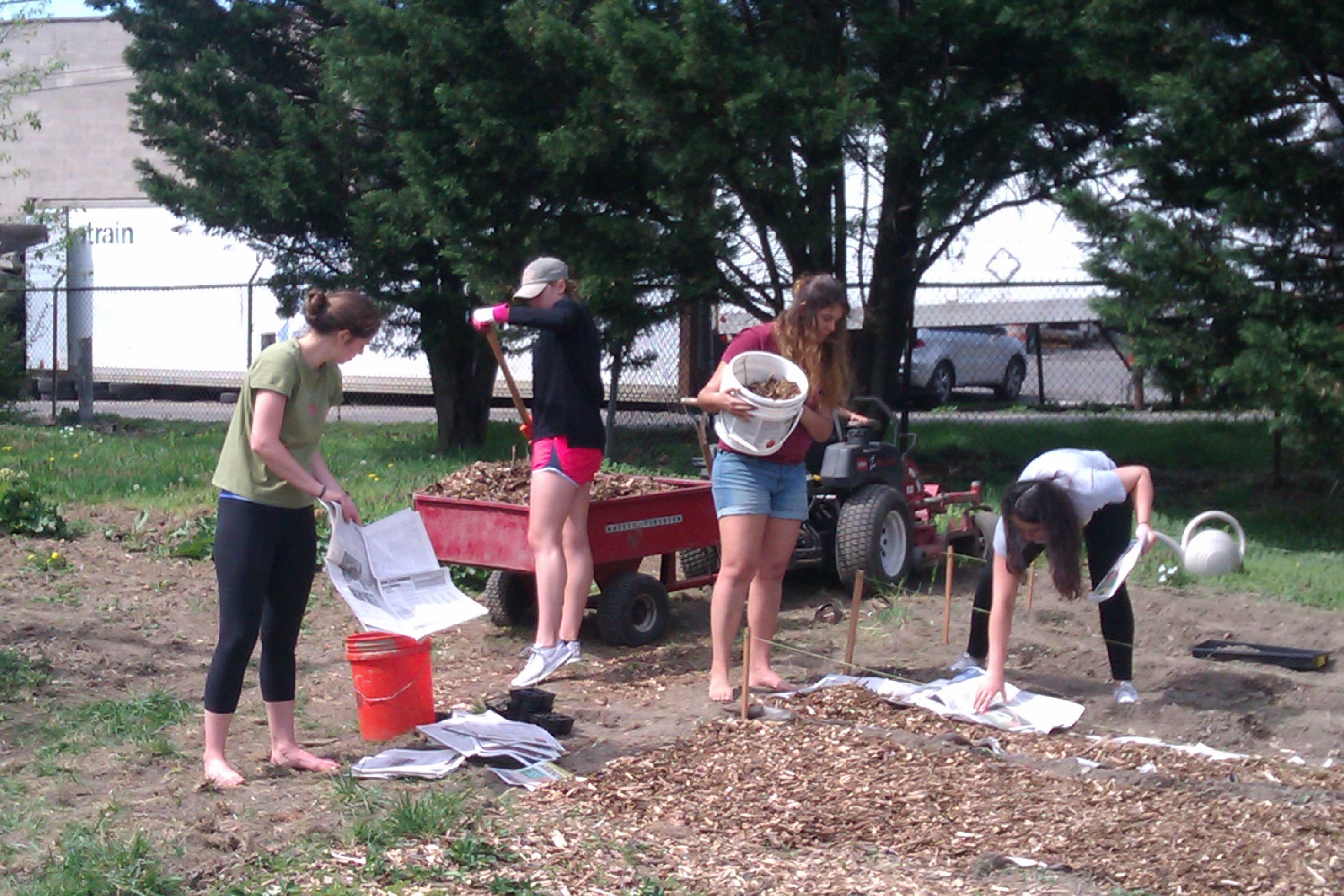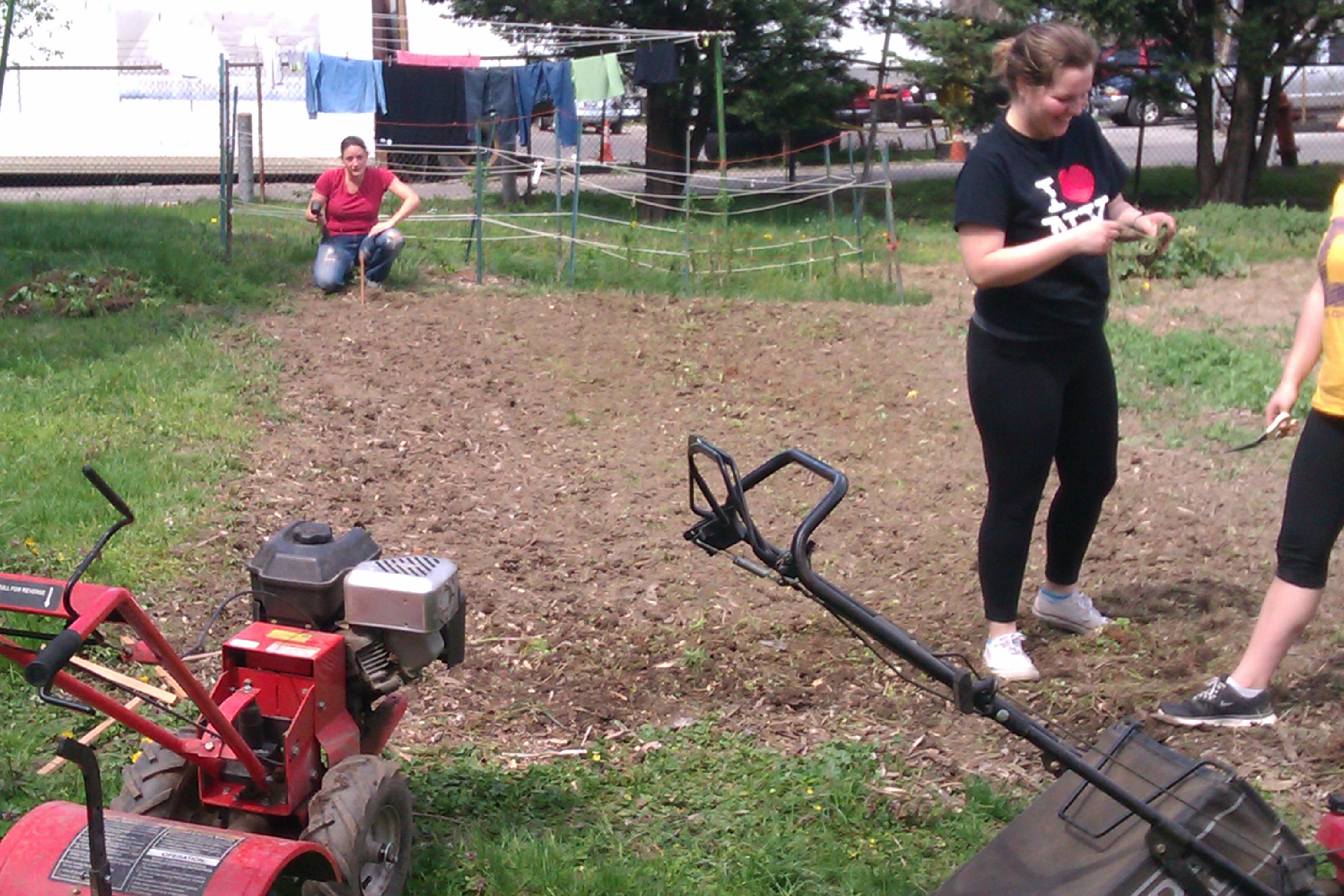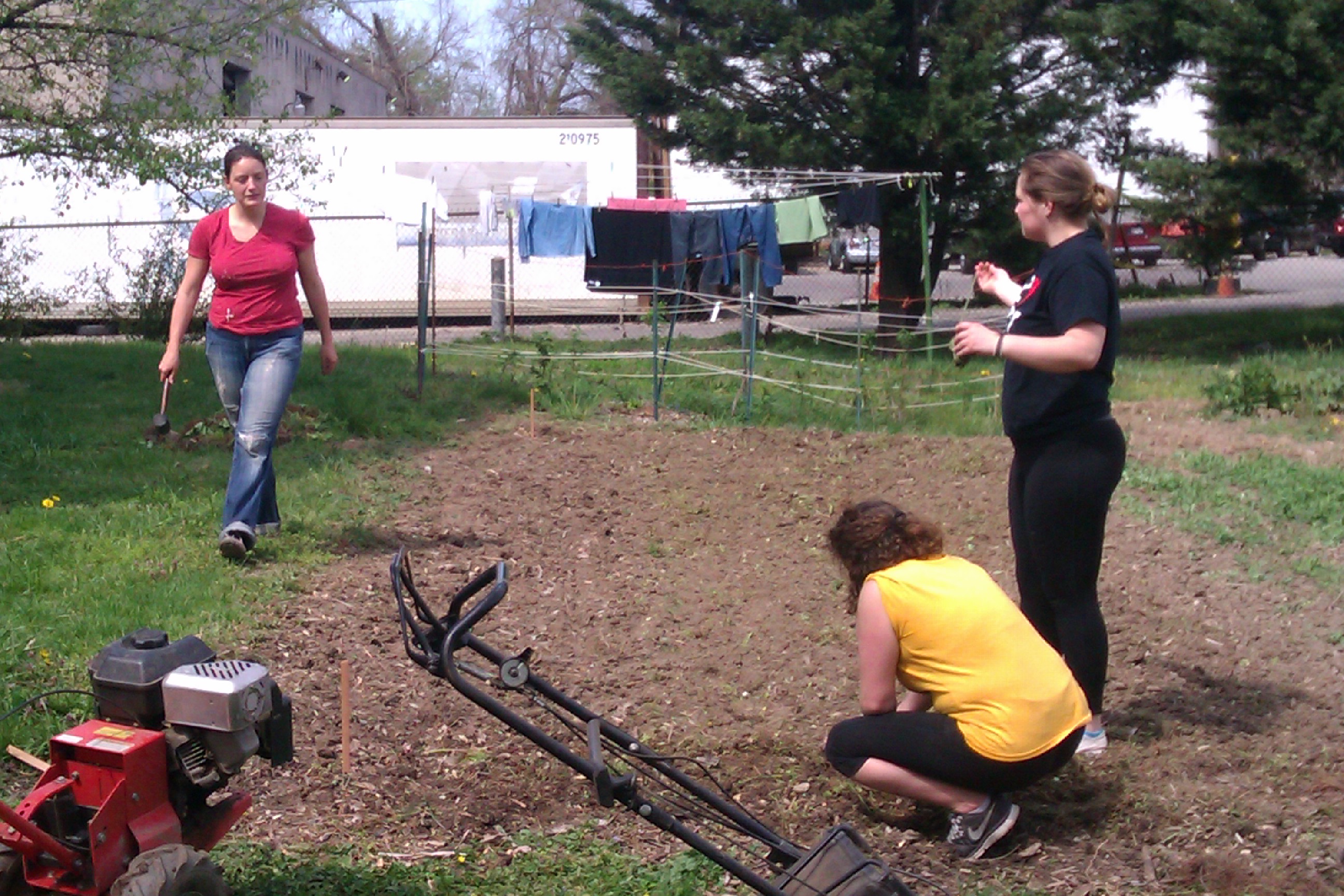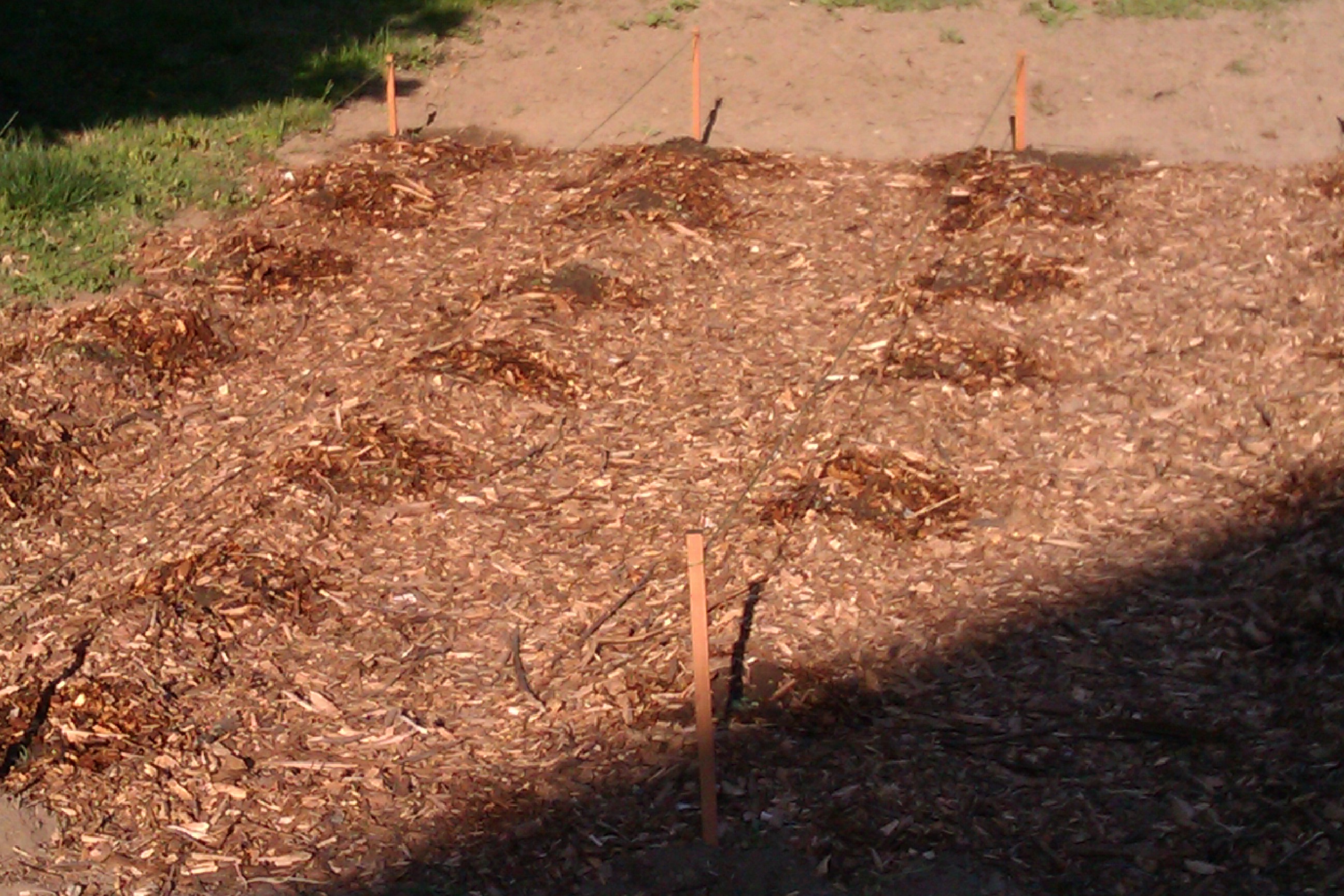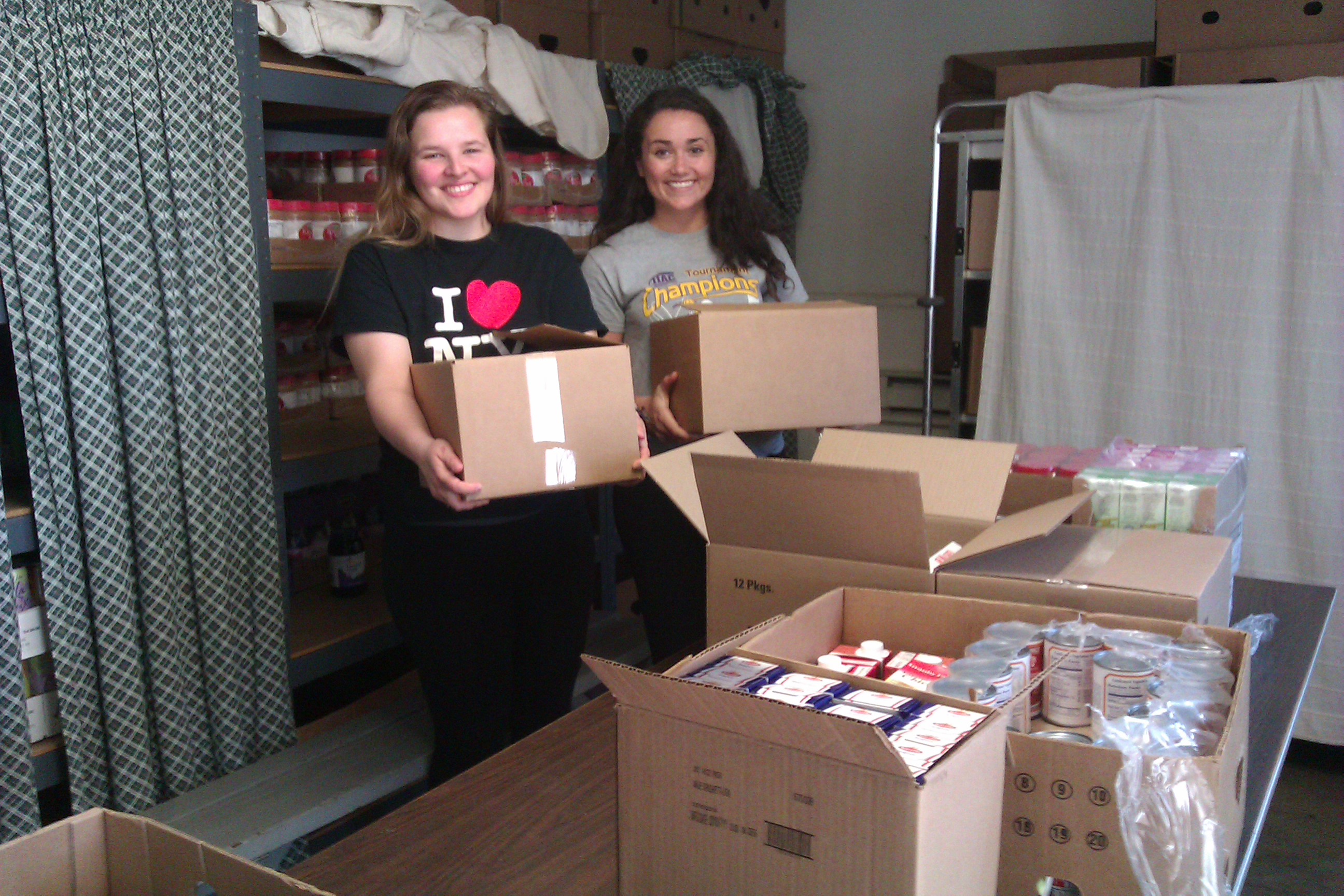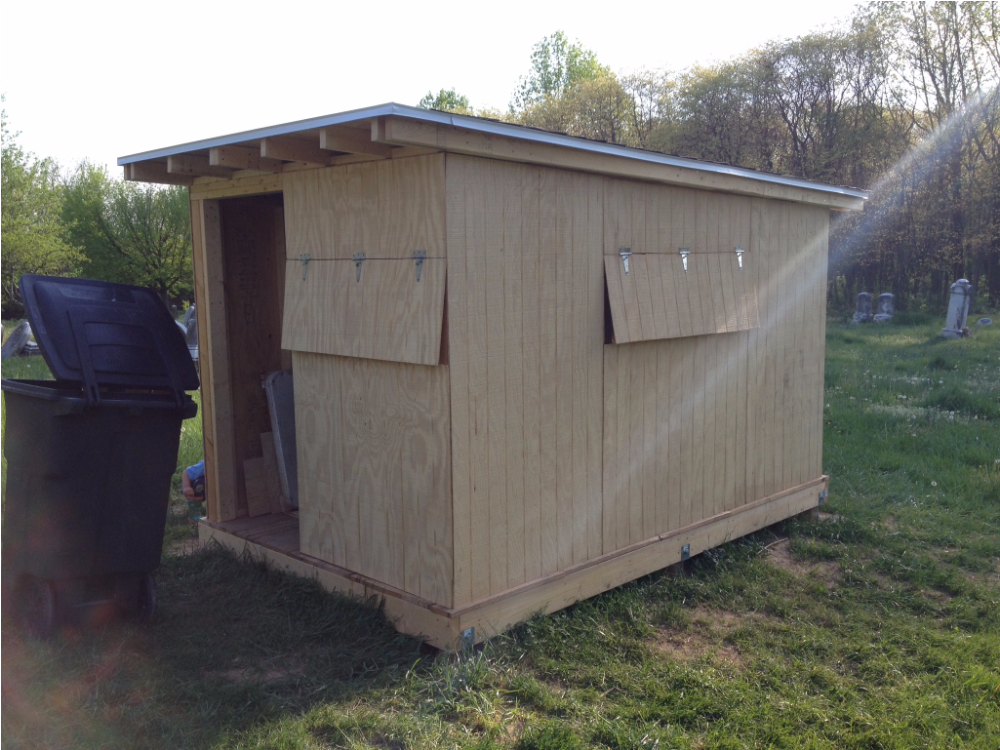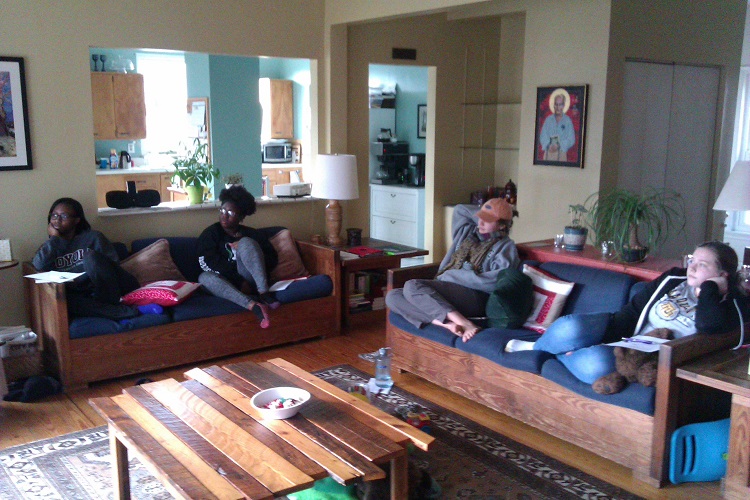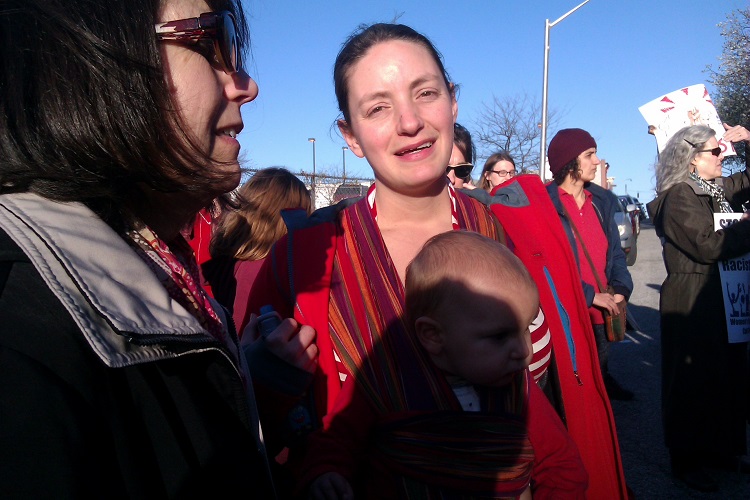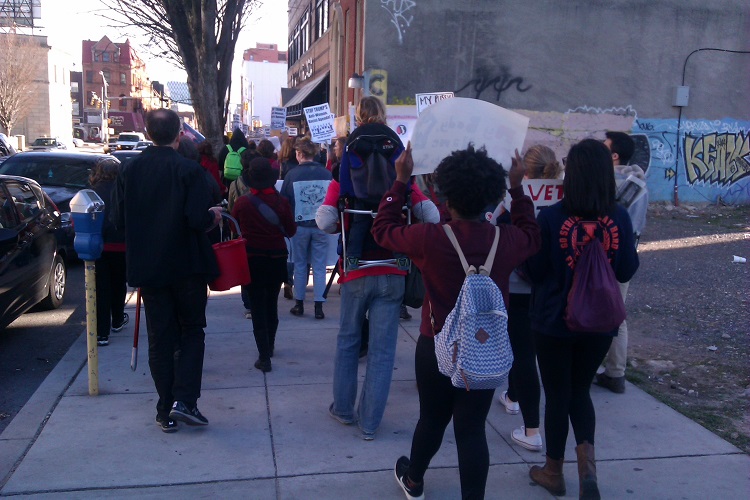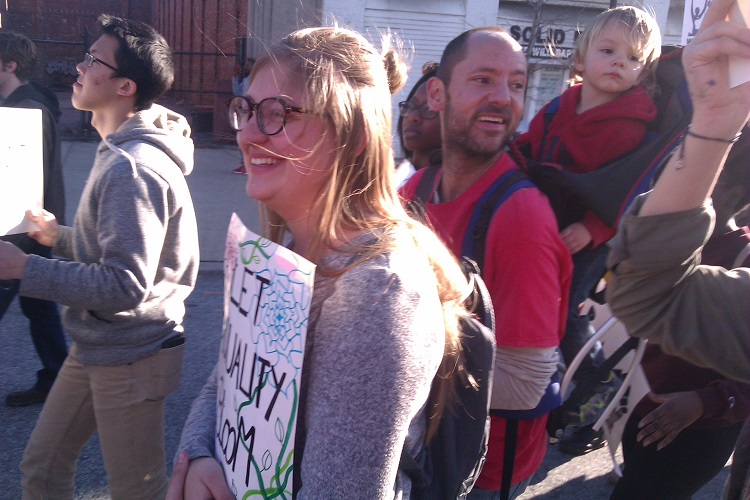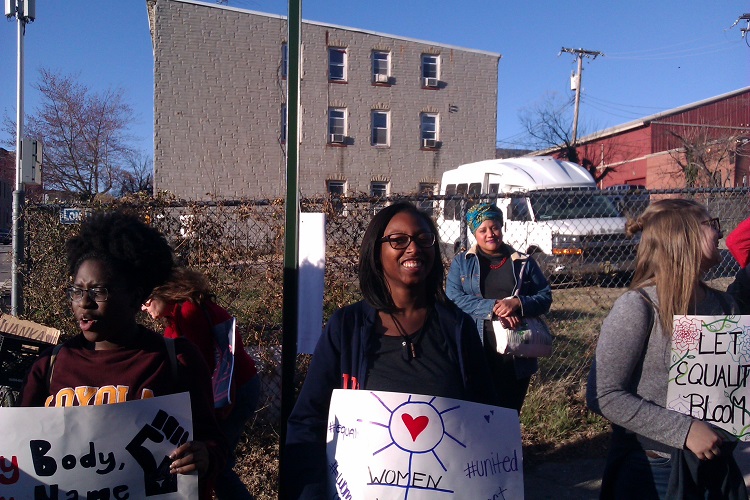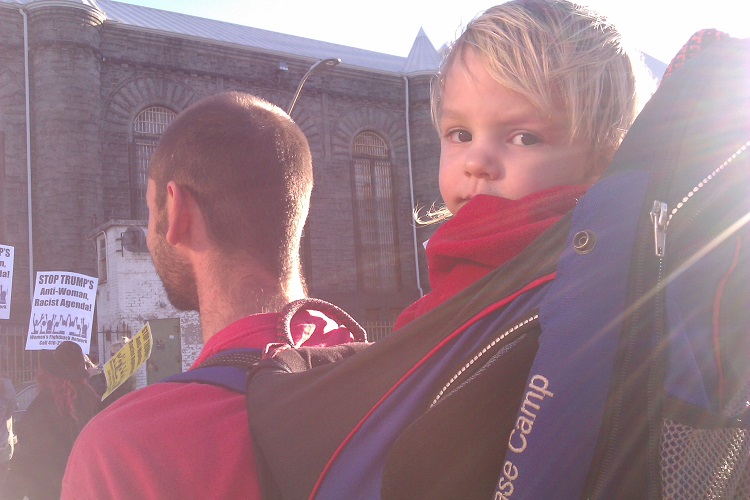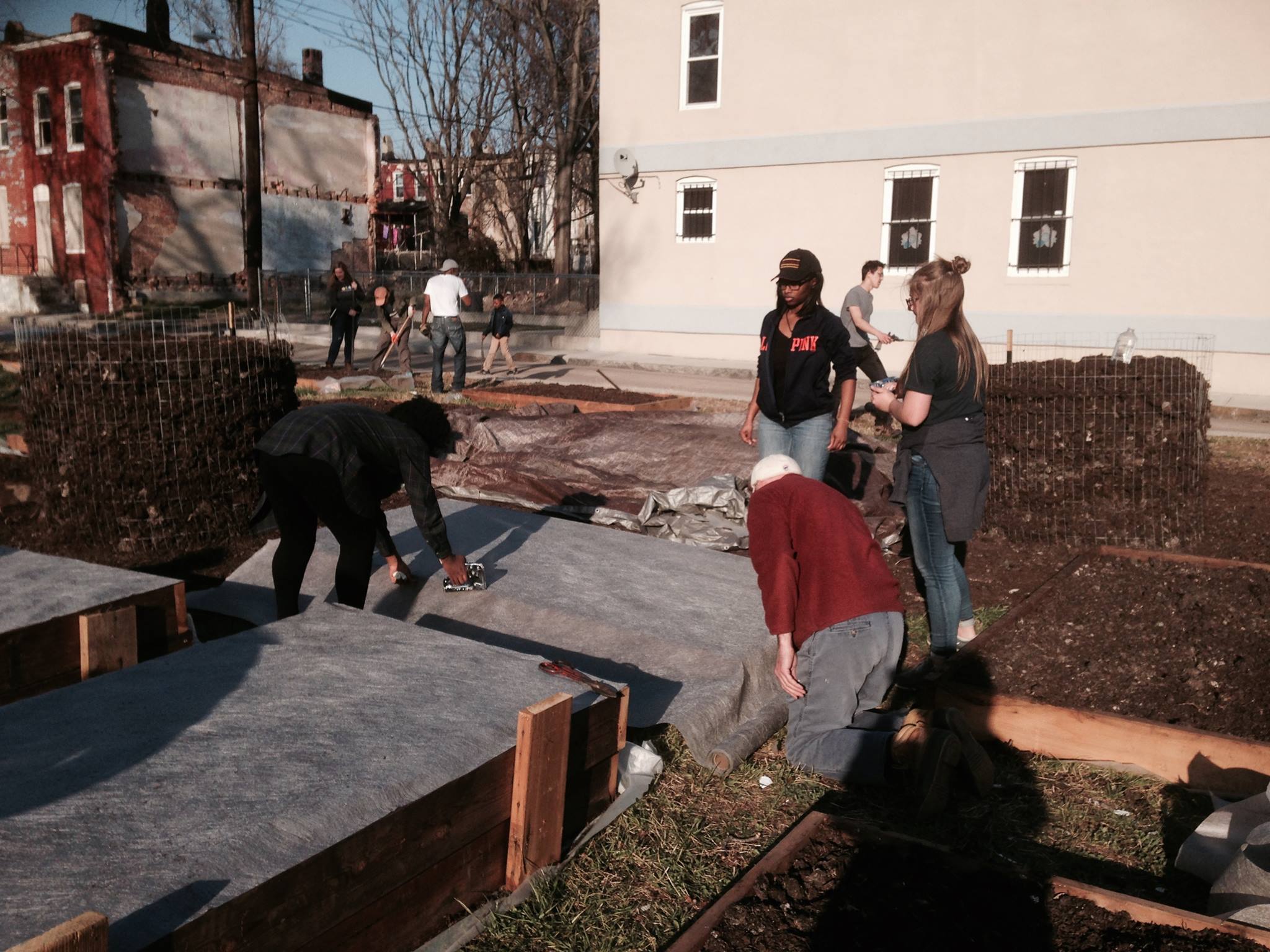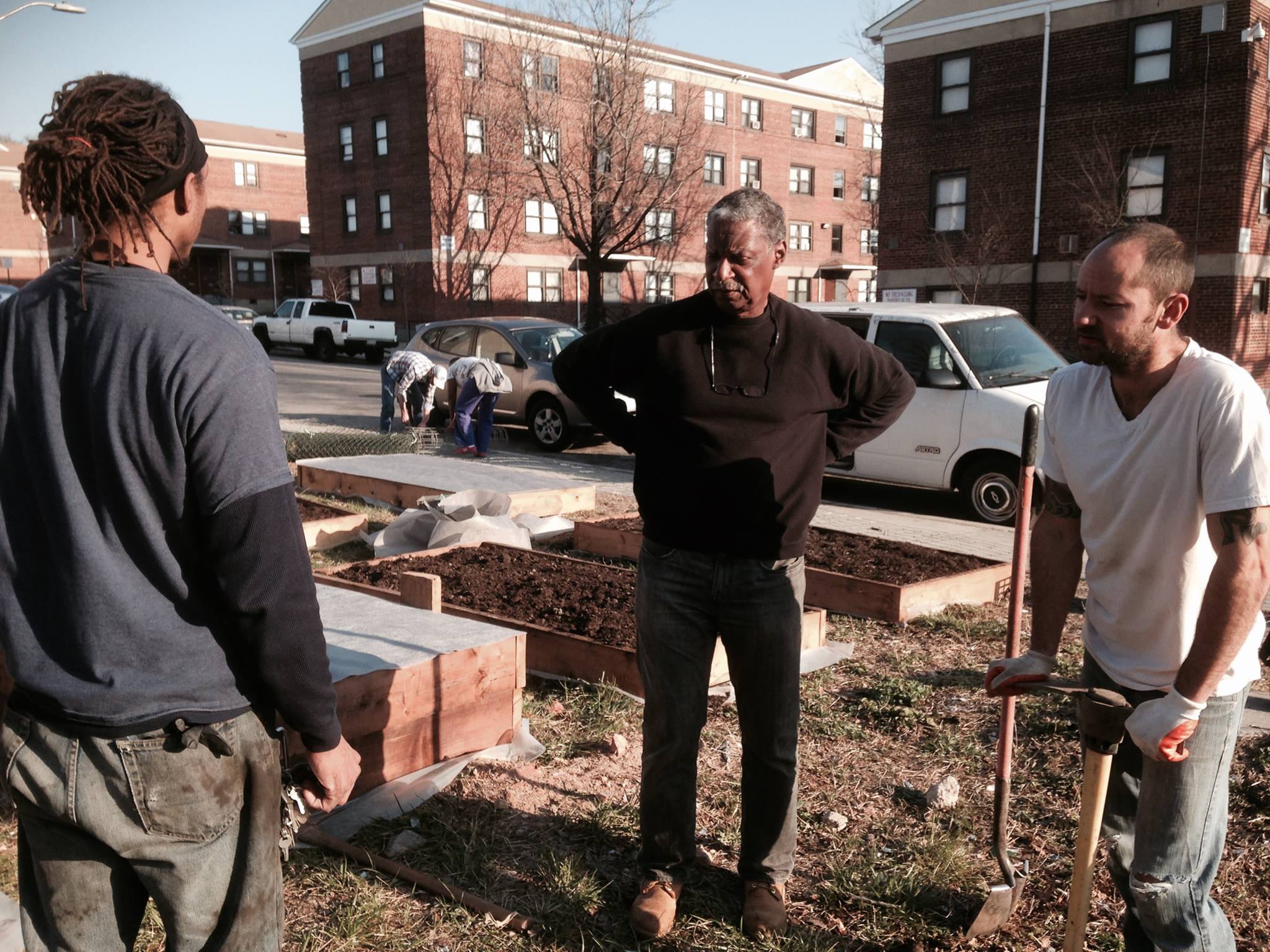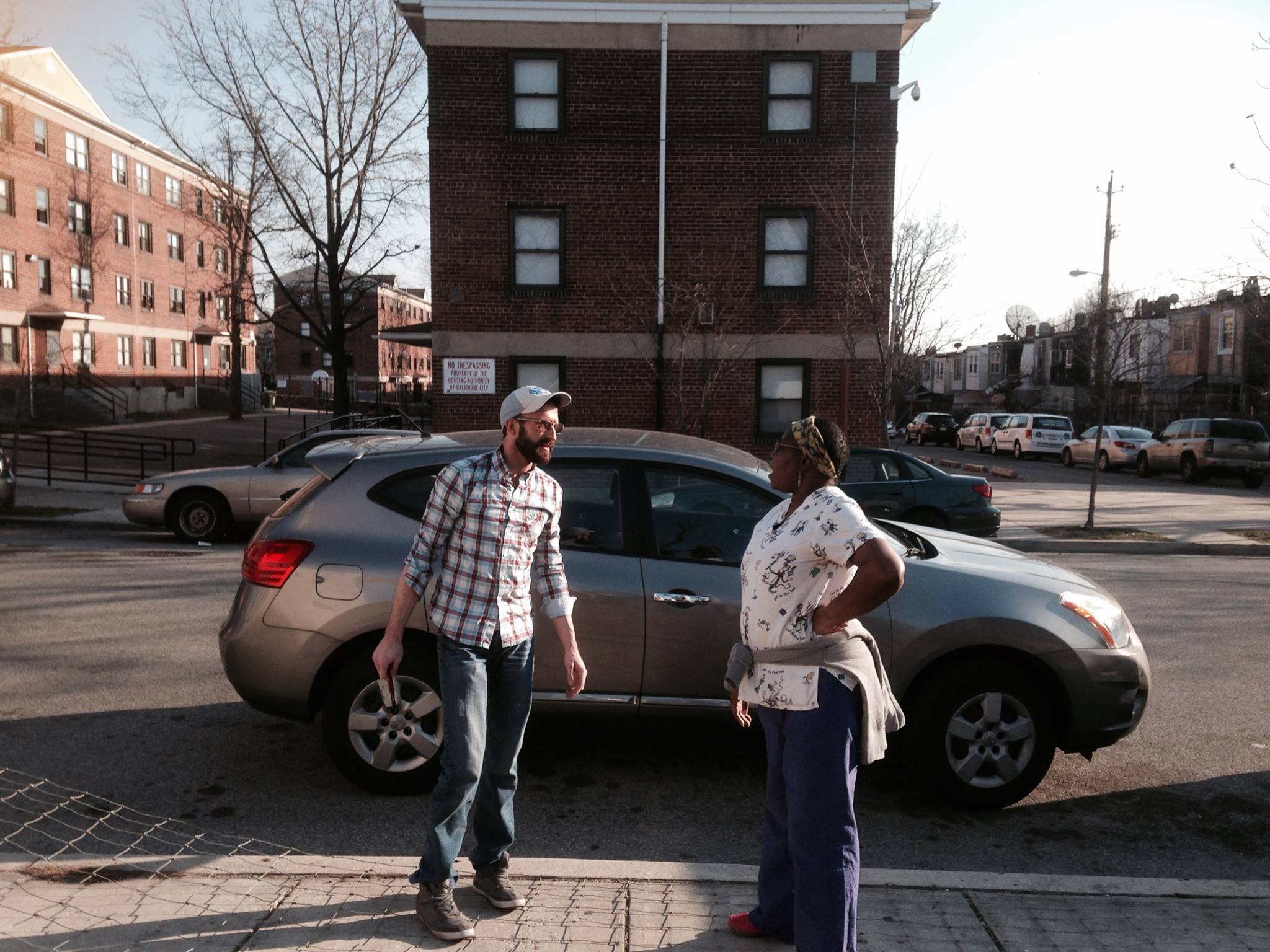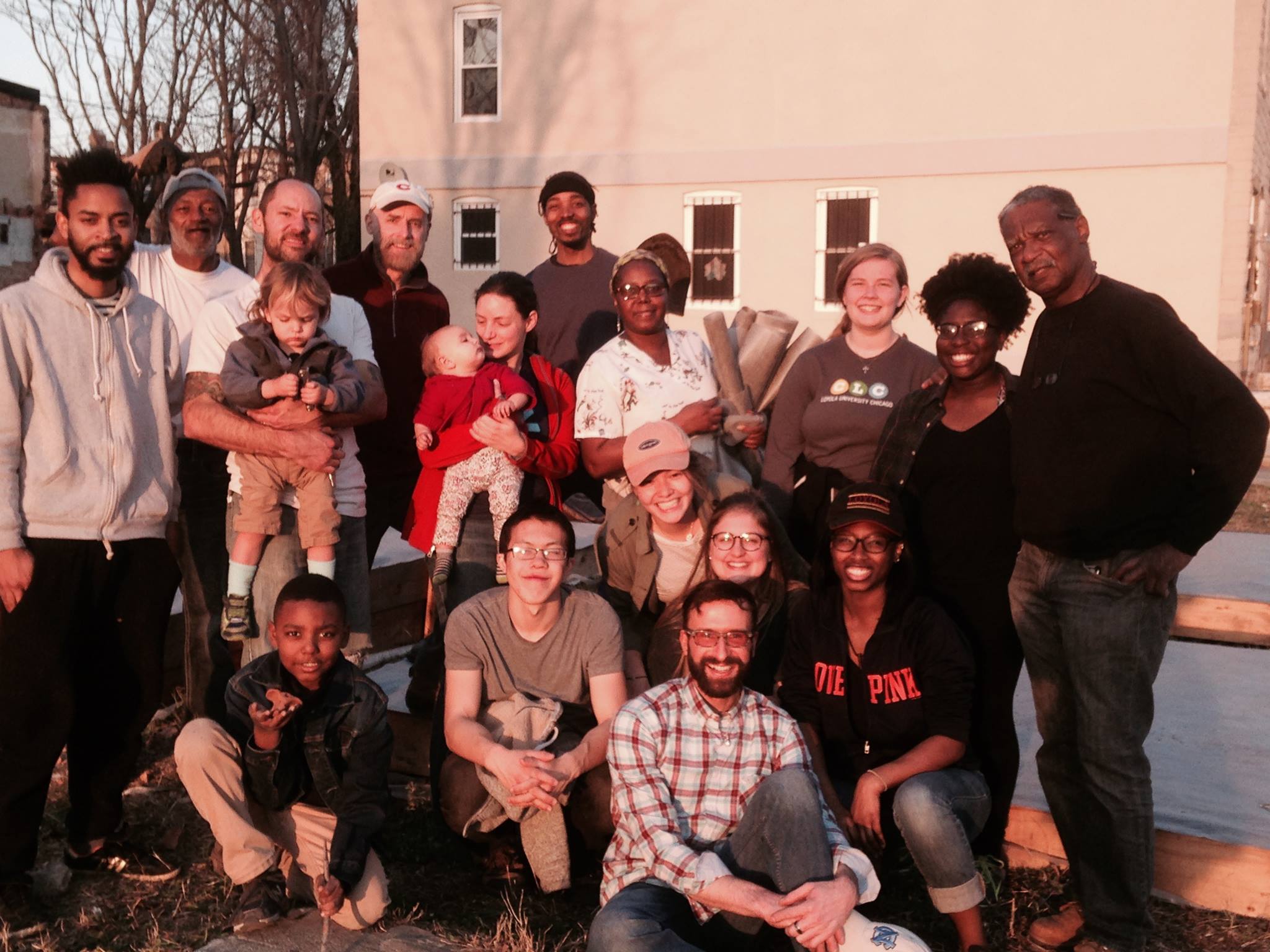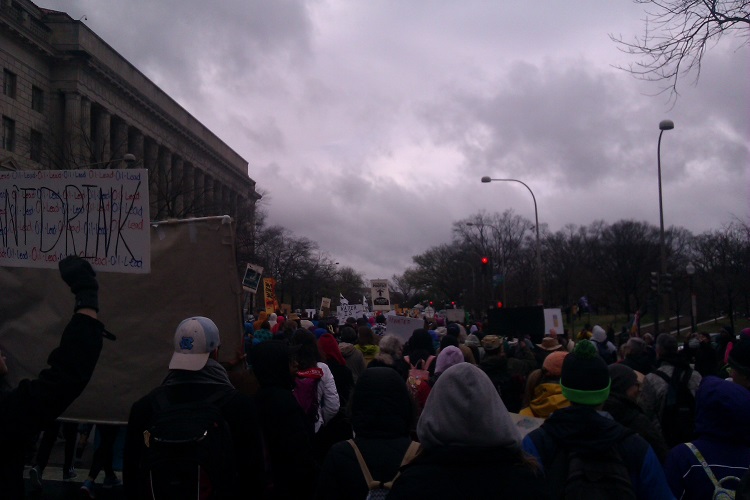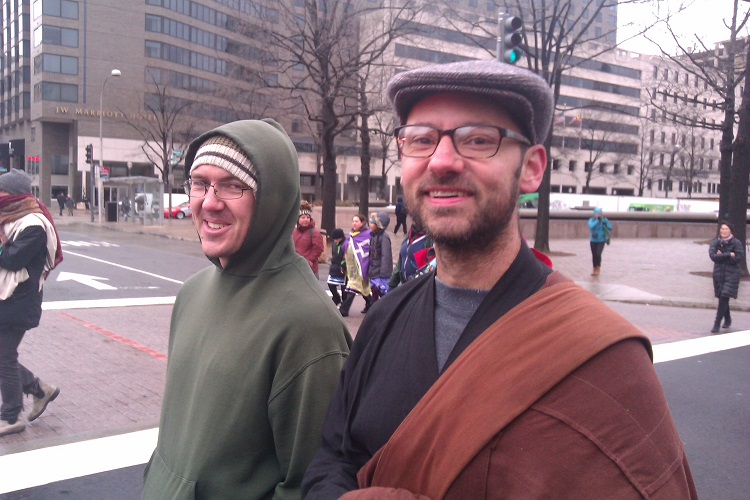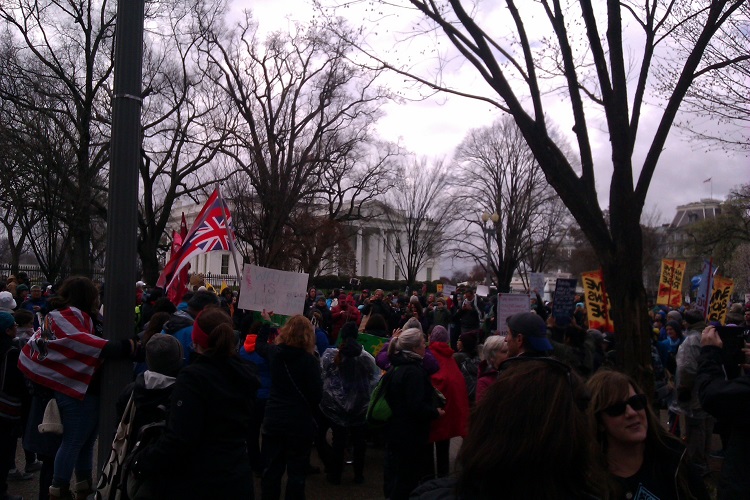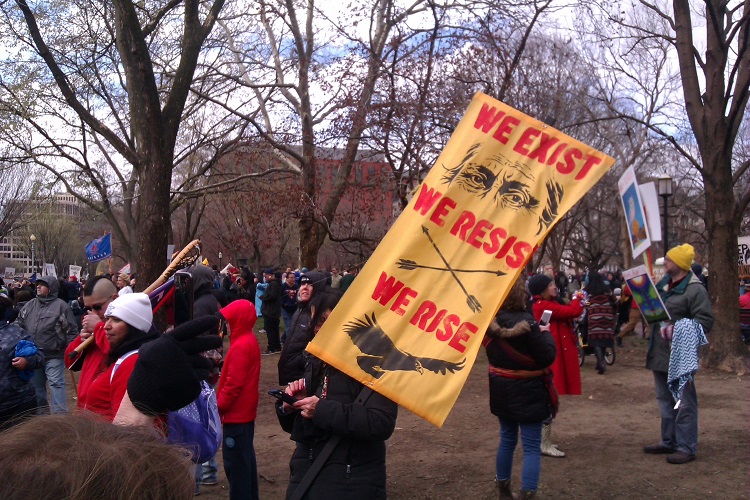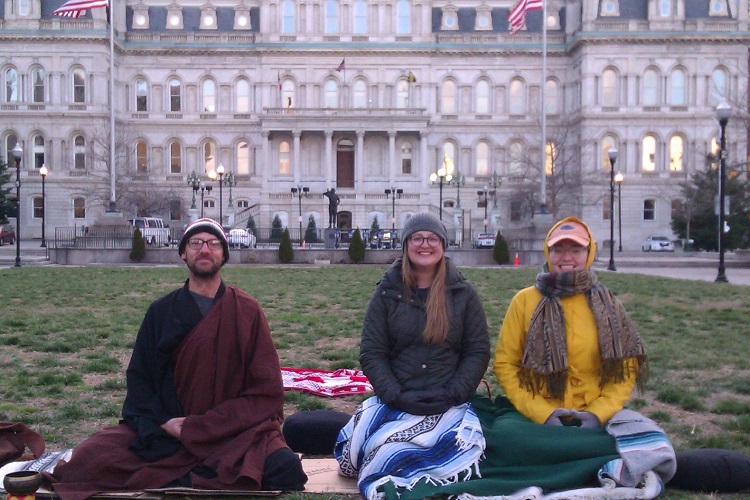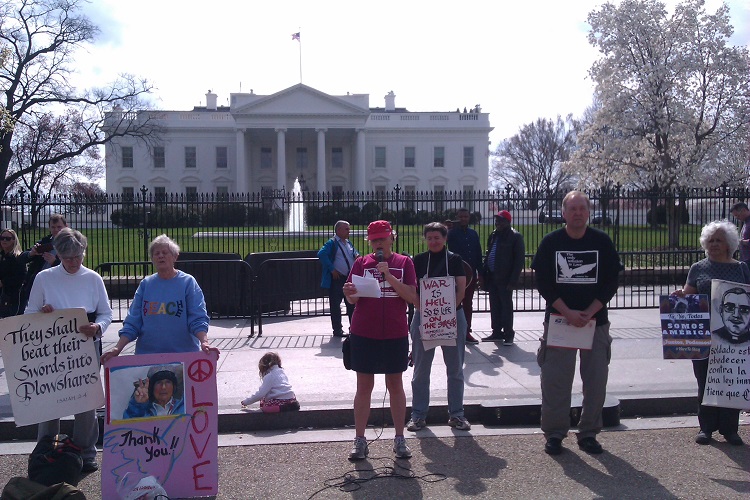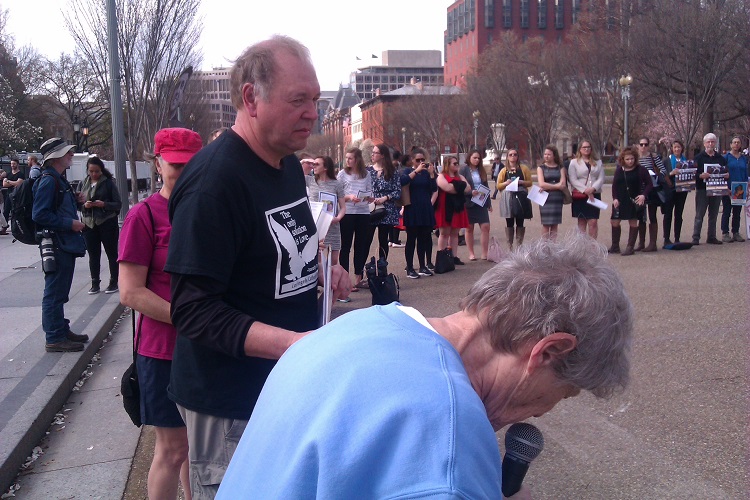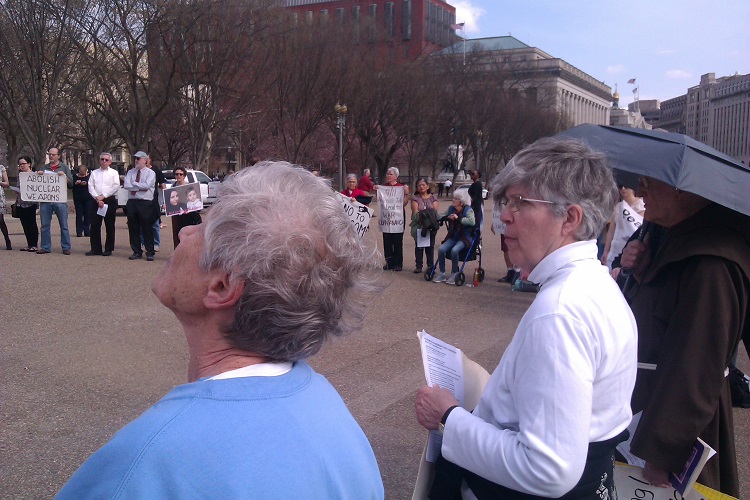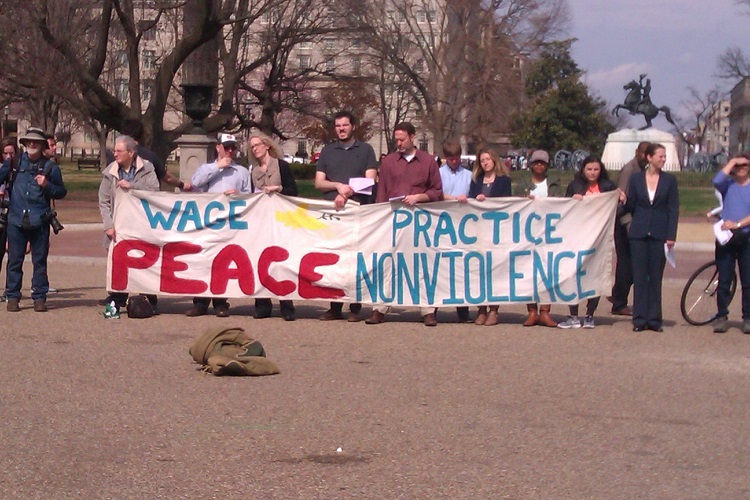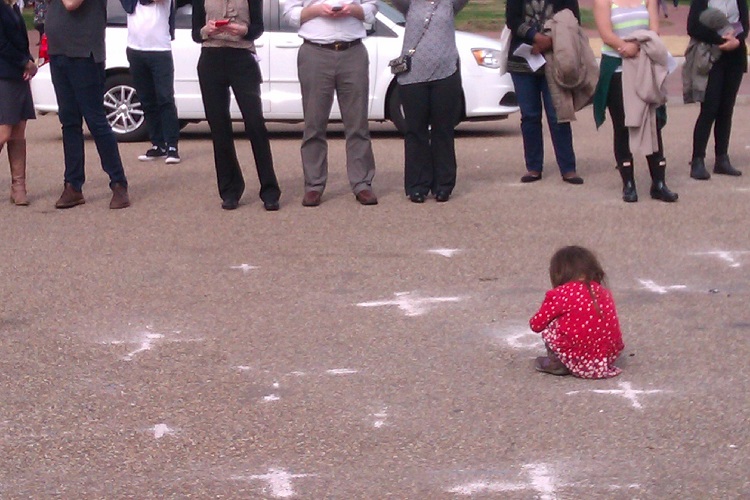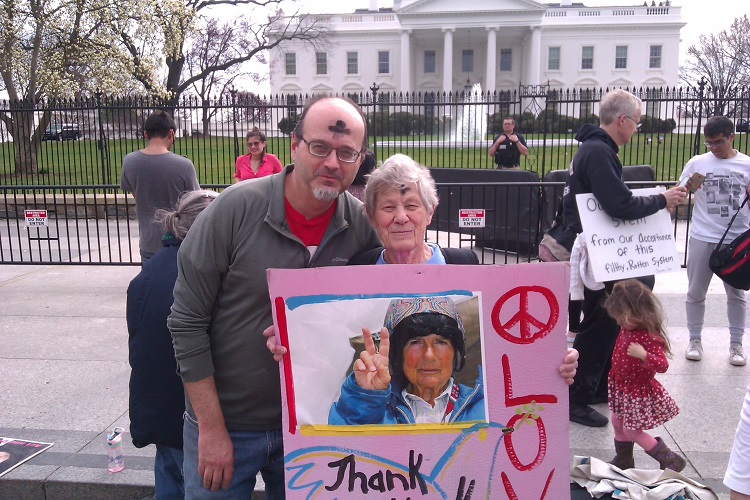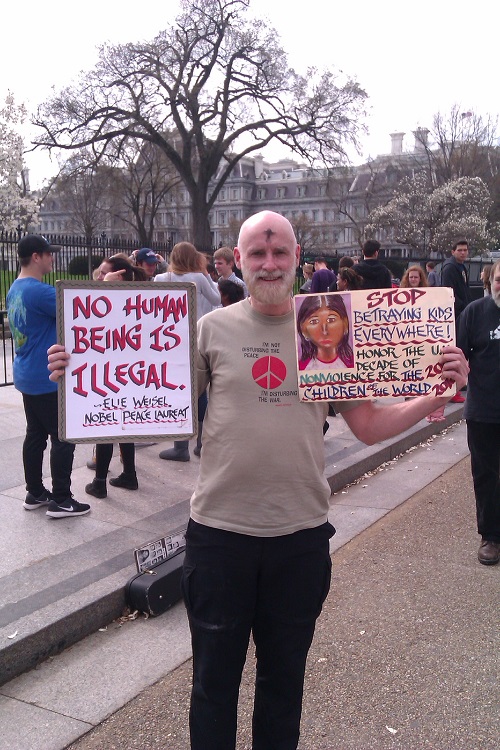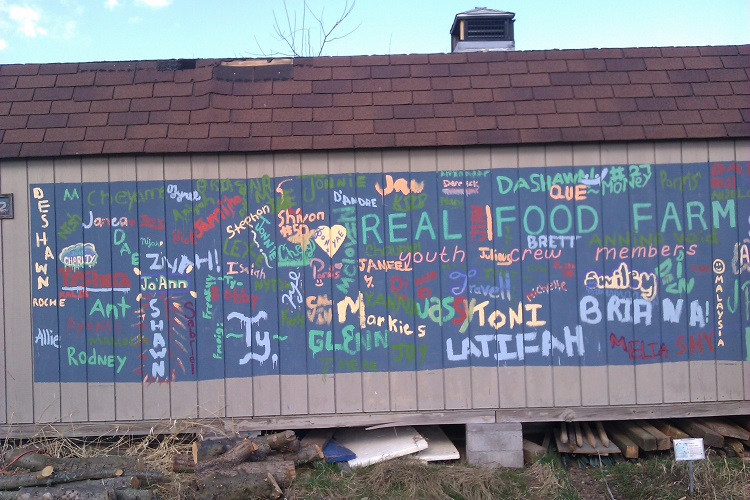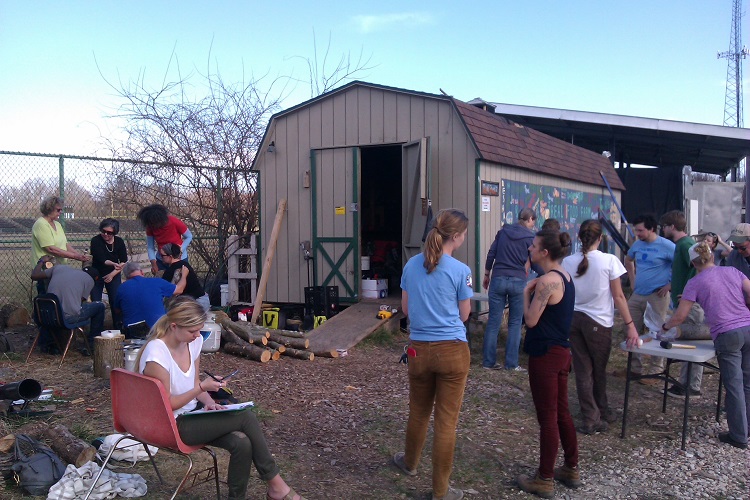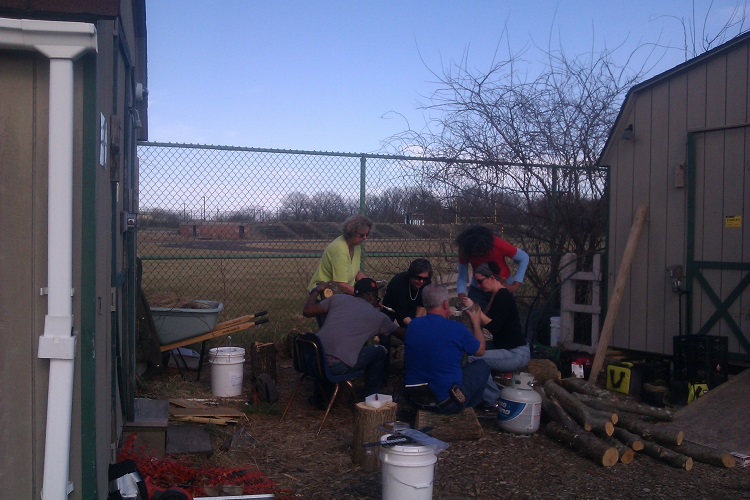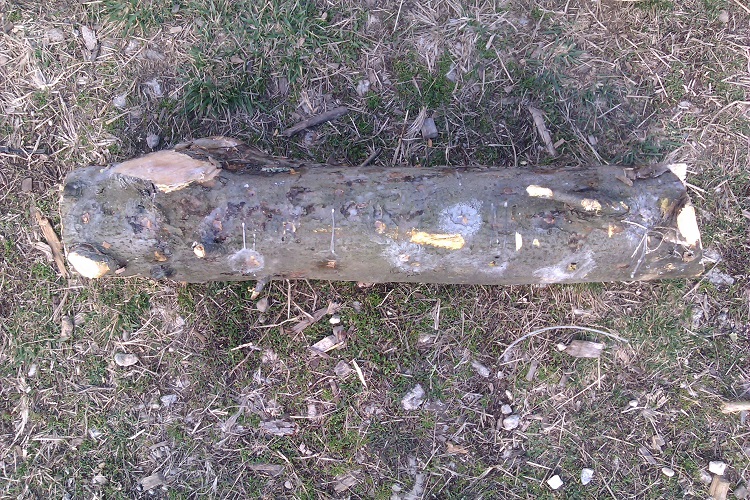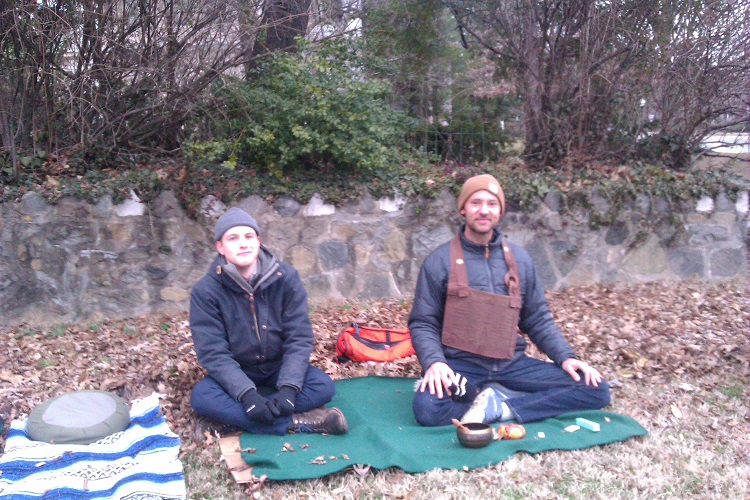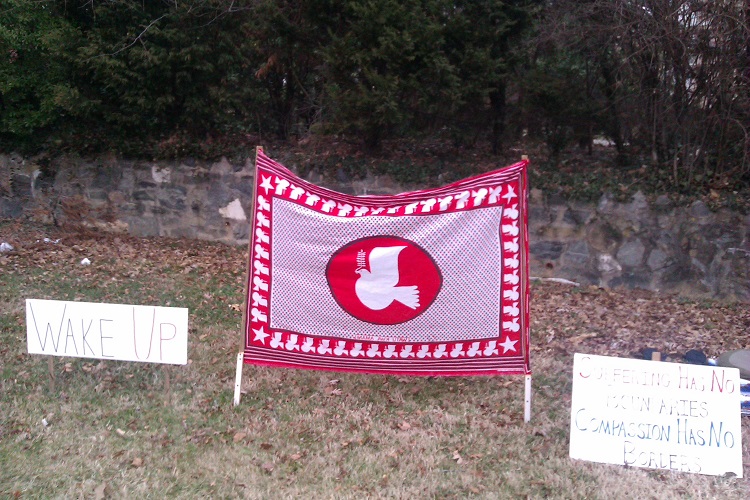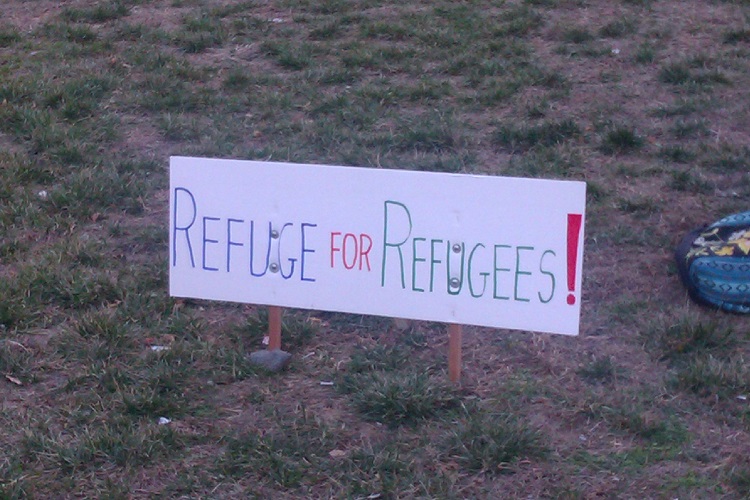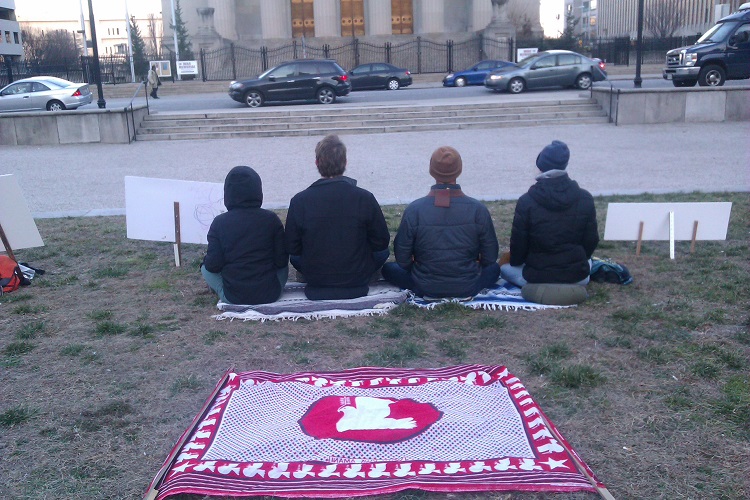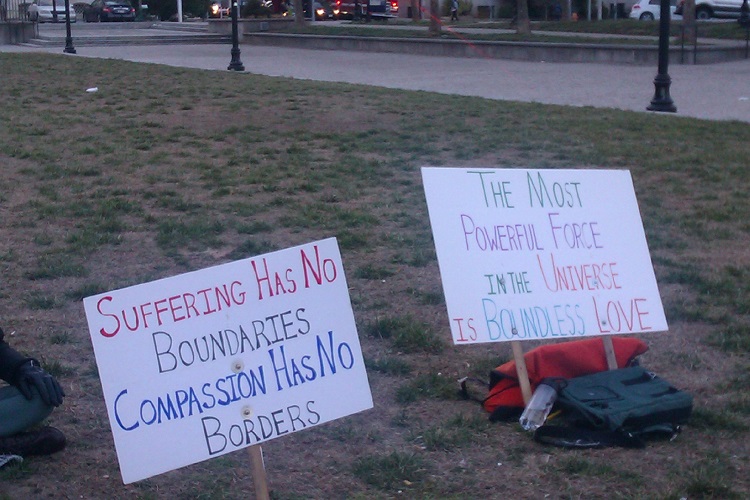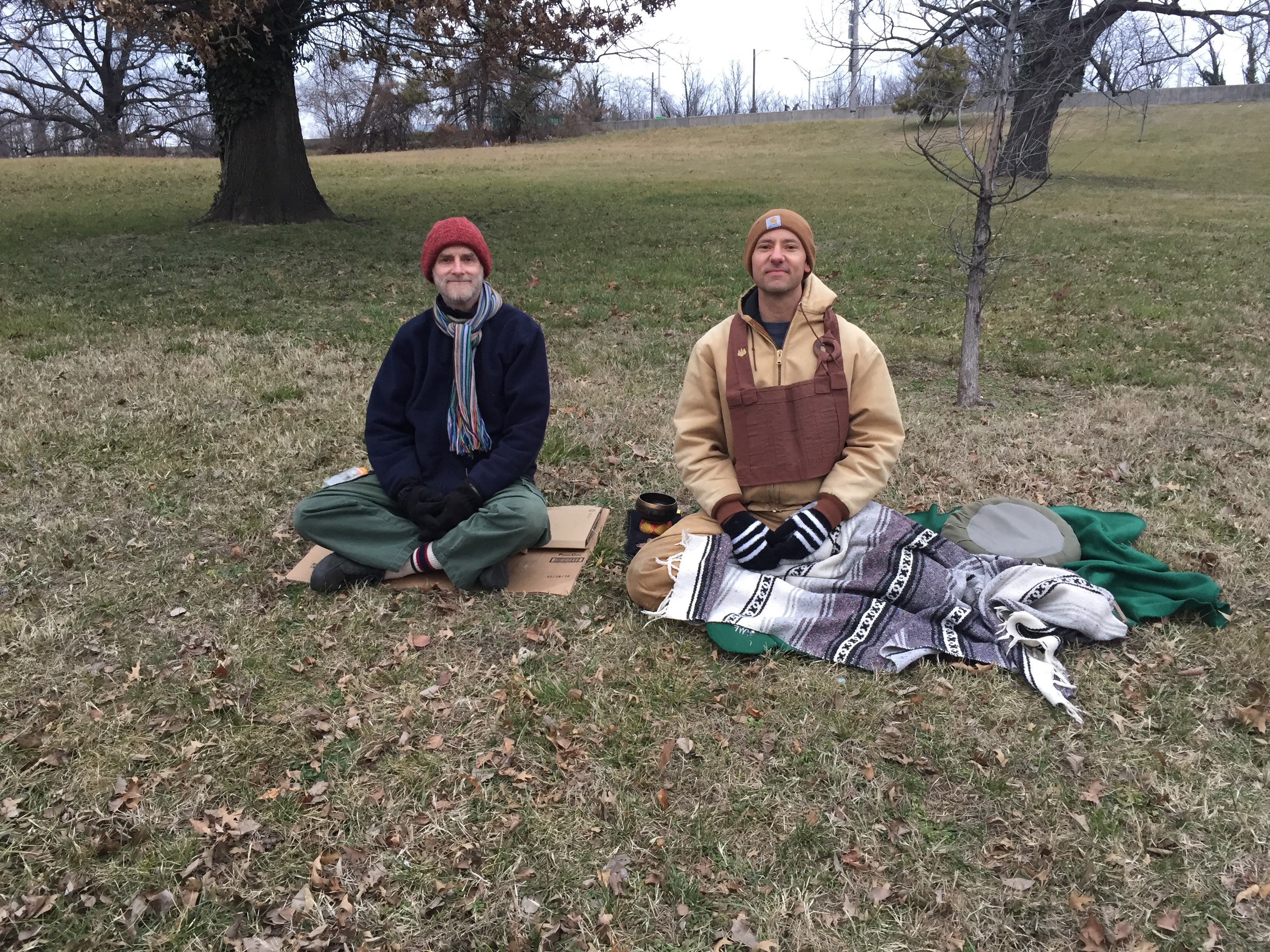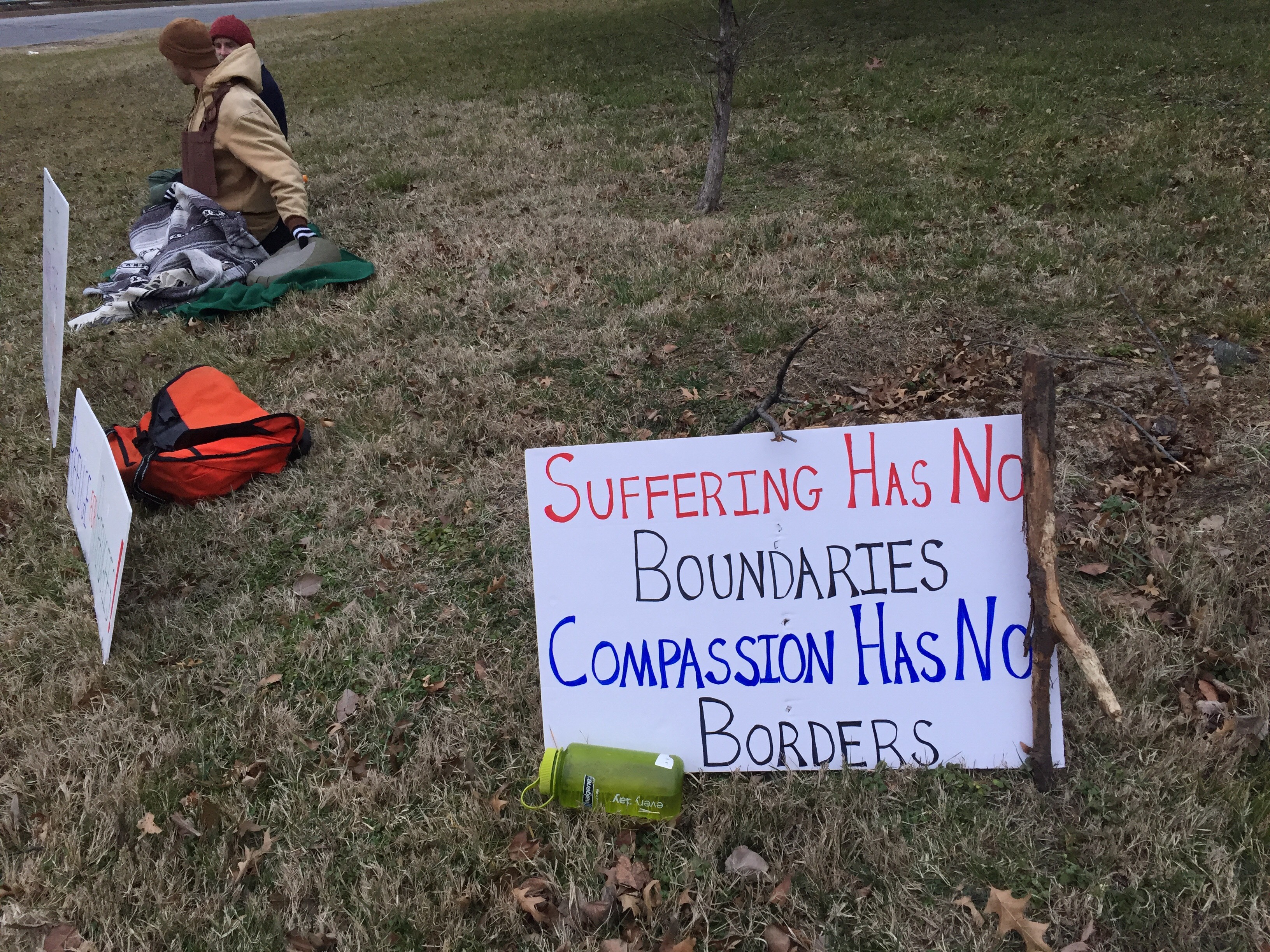By Joe Byrne

Recently, following the election of Donald Trump as president of the United States, and in particular his suggestion that he would like to expand the United States nuclear arsenal and his doubts about the reality of climate change, the Bulletin of Atomic Scientists moved its Doomsday Clock thirty seconds closer to midnight. According to that clock it is now two and a half minutes to midnight. That’s the closest we’ve been to Armageddon since 1953, when only three nations had a few atomic weapons, and climate change was far on the horizon. Given Trump’s recent saber rattling over Iran and his order that the EPA may not study or even discuss climate change, the Doomsday Clock will likely be moved even closer to midnight soon.
We may very well be living in the end times. Not the end of life on Earth, nor the end of human life, but the end of civilization–by which I mean industrial, capitalist, democratic, and global society on Earth. If current trends hold, by the end of this present century, due to over-population, resource depletion, and runaway global warming, civilization will collapse. As a result there will be the full menu of apocalyptic woe: war, pestilence, and—mostly—famine. It’s likely that billions of people will starve to death. Not before many more billions of animals will die. Many forms of life on this planet will go extinct. This is already true. As Elizabeth Kolbert argues in her book The Sixth Extinction, civilization has already ushered in the sixth period of mass extinction, with living species—many of them undiscovered and unstudied—going extinct every day.
There will be wars, and rumors of war. We saw in the 20th century war become industrialized, in terms of weaponry, production, and whole-sale destruction. War has become mostly a matter of slaughtering civilians. We’ll likely see this to the nth degree in the years to come. The U.S. military has already identified climate change as a major threat, particularly in the ways global warming—global drought leading to global famine—will lead to mass migrations of hungry people. War has long been a business of controlling resources. With dwindling resources, there will be more, and more desperate, fighting. Given this situation, it is unlikely that the nuclear nations will abolish nuclear weapons; and it is more likely that they’ll be used. I predict that if nuclear weapons are not abolished by 2050, they will be used again in the second half of the century. Some misguided leaders may think that nuclear winter is the perfect solution to global warming. When, in fact, it will only add to the perfect storm: when the radioactive nuclear clouds dissipate, decades later, global warming will be worse. Those nuclear clouds will continue to capture and contain within the atmosphere carbon dioxide, methane, and other greenhouse gases.
Accompanying the breakdown of society—particularly the breakdown of medical services and research—leading to mass migrations, and mass starvation, there will likely be more mass epidemics. Some of them will be created, and weaponized, by humans. Millions are likely to die as a result.
I say all this is likely to happen, given current trends and what we know of human nature. You may say that, like Donald Trump, I believe what I believe, according to my own “alternative facts.” But, unlike our raving president, I do have evidence. It’s all around us, in the ever-increasing global temperatures, military budgets, and human population. Many experts point out that we are entering—or have already entered—the era of Peak Everything: peak oil, peak natural gas, peak coal, peak water, peak topsoil, peak arable land—peak you-name-it. By the end of the century we will be far past peak. It will nearly all be gone, with a largely diminished human population fighting over scraps—World War IV (we are already fighting World War III) fought on a dunghill.
While I think there is ample evidence that what I foresee will come about, I also claim prophetic license. The biblical prophets didn’t back up their pronouncements with studies and charts. They declared what they believed God had told them to say, in dire visions that are not that far removed from what I’m saying here. I won’t go so far as to say God told me to say all this, but there is certainly biblical precedent for it, and I say it after considering the available evidence (links at the end of this article).
Where is God in all this? This is—will be—the big question as the rest of this century unfolds. Am I describing the biblical Day of Yahweh, Day of Wrath? No. God will not destroy the Earth. God promised not to do that. But God may allow humans to destroy themselves. That is the judgement upon us. That may be our doom. God will allow human free will to play out. God will not save us from ourselves. But, as I discuss in a moment, if humans destroy themselves, God will save a remnant. Some will remain to carry on.
And what of resistance? Can we turn back the flood by organizing, by taking risks, by following the formula of Jonah—preaching repentance in the capital of empire? The people of Ninevah repented, they turned back from their ways of destruction. Why can’t we? And will God truly allow humans to destroy the rest of his Creation? I hold out a sliver of hope that the coming collapse can be avoided. For there is biblical precedent for hope, as well as doom. Perhaps God can inspire us to save civilization, and avoid massive suffering, turning back the Doomsday Clock.
But in the meantime, we would do well to proceed as if the collapse of civilization will be our lot. We need to start thinking about resilience—how to save what we can from the real possibility of cataclysm. Our resistance communities must also become resilience communities. We are given the task of preserving our most precious values: beauty, justice, peace, nonviolent conflict resolution and reconciliation. Even with civilization crashing all around us, we are tasked with the creation of the kindom of God, on Earth as in heaven. We can and must create something that will outlast civilization, keeping in mind that civilization has collapsed many times in human history, and something has always risen from the ashes. Our task is to make sure it is utopia rather than dystopia.
Readings:
Zephaniah 2:3; 3:12013
1 Corinthians 1: 26-31
Matthew 5:1-12a
Our readings today speak to this task, and this hope. Our first reading is from the prophet Zephaniah—a minor prophet. It is a short book and most of it, unlike the passage in the lectionary, is an apocalyptic account of Yahweh’s Day of Wrath:
The great day of the Lord is near—
near and coming quickly.
The cry on the day of the Lord is bitter;
the Mighty Warrior shouts his battle cry.
15 That day will be a day of wrath—
a day of distress and anguish,
a day of trouble and ruin,
a day of darkness and gloom,
a day of clouds and blackness—
16 a day of trumpet and battle cry
against the fortified cities
and against the corner towers.
17 “I will bring such distress on all people
that they will grope about like those who are blind,
because they have sinned against the Lord.
Their blood will be poured out like dust
and their entrails like dung.
18 Neither their silver nor their gold
will be able to save them
on the day of the Lord’s wrath.”
In the fire of his jealousy
the whole earth will be consumed,
for he will make a sudden end
of all who live on the earth. (Zephaniah 1:14-18).
Let’s back up a bit. Zephaniah was active in Judah at the time before and during the reign of Josiah the king of Judah. This was a reformer king, who rediscovered the law of the covenant, but died young with his reforms barely begun. At that time the Southern Kingdom of Judah was a vassal state of Assyria. Two centuries before this the Assyrians had invaded the Northern Kingdom of Israel, reduced it to rubble, and then carted away the rich, the powerful, the nobility, to captivity in Assyria. They left the poor and powerless behind, on the land, as a remnant to carry on. The meek inherited the earth.
Zephaniah, in our reading today, prophesies the same for the Kingdom of Judah. Judah will be destroyed, the elite of the kingdom—the rich, the powerful, the nobility—carried off, leaving the poor behind as a remnant on the land. And so it came to pass in 587 BC. It was the Babylonians, the conquerors of Assyria, who did it. But in any case, God left a remnant. They, unlike their overlords in Judah, in Jerusalem, would “do no wrong, speak not lies” left to their own devices to “pasture and couch their flocks with none to disturb them.” Once again, the meek inherited the earth. Once again, some, chosen by God, had survived the end of the world. And they did fine, until those in the Babylonian captivity returned and re-established “civilization” with its attendant hierarchies of church and state—what Walter Wink calls the “Domination System.” This is what Jesus would come to challenge and replace with God’s compassionate kindom.
Our second reading, from the Apostle Paul’s first letter to the Corinthians, also speaks of a remnant. Paul believed that the end of the world—the end of civilization—was very near. But he also believed God would save a remnant. Paul’s mission was to shape this remnant, to create resilience communities, which would be the basis of a regenerated world. The kindom of God, a world-wide Beloved Community would rise from the ashes of Roman civilization. Paul also believed the meek would inherit the earth. God had called, into the church, as a remnant, the lowly, the weak, the foolish—rather than the ruling class, the powerless, the foolish. God had set aside the refuse of the world, sanctified them, redeemed them, because they knew the true meaning of justice. And this is God’s justice: the first shall be last and the last shall be first.
Though the world didn’t end in the ways we see it in disaster flicks, Roman civilization did collapse. And a remnant survived, the church survived. Much of that survival was profoundly nonviolent, surviving the “barbarians” by patient endurance, presenting a model that was ultimately attractive to the invaders, leading to their conversion. Granted, after Christianity become co-opted by the Roman Empire, there were some Christians who took up the sword to defend themselves. Augustine’s Just War Theory, based on the pagan philosophy of Cicero, an apologist of Empire, was supposedly composed with the “barbarians at the gate,” after Christianity had become the religion of the empire. As many Christians have now concluded, “godly” violence is a perversion of Christ’s gospel. In any case, a remnant survived the colonization and militarization of the Christian church, to carry forth Christ’s gospel of revolutionary nonviolence. We here continue in that line. We are part of that remnant.
Jesus speaks to, and of, that remnant in our gospel today. The beatitudes, at the beginning of Jesus’s revolutionary program presented in his Sermon on the Mount, describe the characteristics of God’s remnant, to God’s remnant—those initiated into Jesus’s program, his disciples.
Some interpret the beatitudes in a pietistic way, as referring to the qualities that earn one a ticket to heaven after death. But I think when Jesus says “the kingdom of heaven,” he means the kindom come, the kindom of God, on Earth as in heaven. He says “blessed ARE” not “blessed WILL BE.” True, he does say they “will be” comforted, satisfied, shown mercy, etc. That is, the kindom has not come quite yet, but is in process.
So who are the remnant according to Jesus?
- The poor in spirit, translated as “beggars.” Not just the materially poor; also those who practice poverty, who live by an ethic of simplicity. Who share their resources in a spirit of mutual aid.
- The meek, who will inherit the earth. This is the “anawim,” the powerless, the lowly, the “foolish,” the poor—the remnant according to the Apostle Paul and the prophet Zephaniah.
- The merciful, those who practice forgiveness, particularly the forgiveness of enemies, whose mission is the reconciliation of warring parties.
- The single-hearted (“clean of heart”), those devoted to the gospel of peace and justice. These are those who do no wrong, tell no lies, as described by Zephaniah.
- The peacemakers, those who beat their swords into plowshares, who preserve the holy ideal of nonviolence and put it into practice as a tool of social change. Those who preserve the kindom—the family, the children—of God.
- Those persecuted for the sake of justice. This follows from the rest. The world—civilization—is opposed to the poor, the meek, the merciful, the single-hearted, the nonviolent. It seeks to wipe them out, to destroy God’s remnant. And yet God’s remnant will survive, because the ideals that the remnant preserve are the only ones worth saving. And, in the end, violence is self-defeating, and nonviolence a better option for solving problems.
The beatitudes describe God’s remnant. For Jesus could see that the end of the world was coming. The end of Roman civilization, certainly, but Christ could also foresee the end of industrial civilization. He could see the strangling roots of that civilization in his own day, he could see how the next 2000 years would play out. That’s why there is a strong apocalyptic strain in the gospels. An end was envisioned, an end will come. And it might possibly happen, as the scriptures say, before the present generation—those who are alive today—has passed away.
I’ve gone on long enough, but I want to mention a few things about resilience communities before I open it up for discussion. What will a resilient community look like? Well, it will look something like what Jonah House is now and envisions for the future.
It will be an intentional community that includes both live-in and extended members who share resources, space, and work. It will be a community that lives on the land, growing its own food, composting, taking care of the soil. It will be a community that powers its tools based on renewable sources of energy. It will be a community that is a node in a larger, but still local, network. If civilization collapses, local economy will be the main economy. It will be a community that lives and survives by the principle of mutual aid. Those who barricade themselves in bunkers, filled with canned goods, guns, and ammunition, will not survive in the long run. Only those who share, and participate in shared defense, will survive. And that shared defense must be nonviolent. We will see, as we’ve always seen, that groups that are organized and resolute, knowledgeable and well-practiced in nonviolent methods, can face down empires, and cause armies to abandon their weapons and either flee or join those they had come to shoot down. In his book Engaging the Powers, Walter Wink provides numerous examples—those who resisted the Nazis, refusing to turn over Jews and other supposed “undesirables”; those who brought down the Iron Curtain in the period 1989-1991. As Wink puts it, “nonviolence generally works where violence would work, and where it fails, violence too would fail…. But nonviolence also works where violence would fail.”
I hope I’ve offered enough hope to help us carry on in the difficult years ahead. We may not live to see it, we may not survive the strife, the collapse that seems to be upon us, but we have the promise of God that a remnant will survive. Our ideals of peace and justice will survive. Some will be resilient and survive the deluge. In fact, our one thing that might save civilization is if the world takes up the sustainable practices of resilience before it’s too late. Whether civilization collapses or not, the world as we know it today will be superseded by God’s kindom of peace, justice, and reconciliation, the Beloved Community. That is the promise of God, the basis of our faith.
Here are just a few articles that consider the collapse of civilization. Each of the articles has links to numerous other articles.
“Human Extinction 2026” by Robert Hunziker
http://www.counterpunch.org/2017/02/03/human-extinction-2026/
“Can a Collapse of Civilization Be Avoided?” by Paul and Ann Ehrlich
http://rspb.royalsocietypublishing.org/content/280/1754/20122845
“Extinction Is the End Game” by “Xray Mike”:
https://collapseofindustrialcivilization.com/2016/12/10/extinction-is-the-end-game/

